T Lake Ranch
T Lake Ranch
- Farm
- Ranch
- Acreage
- Recreational Land
- Hunting Land
- Fishing Land
- Rural Business
- Agriculture Business
- Home with Acreage
- Cattle Ranch
Descriptions
The T Lake Ranch is a rare opportunity to own one of the largest contiguous ranches in WA being offered for the first time and has been in the same family for 3 generations. Featuring 12,541+/- deeded acres with an additional 1,280 leased from DNR. 629 water right acres with an allotment averages of 3.59 ac/ft per irrigable acre.
Land
Irrigated crop pivot 270 acres
Irrigated crop other (corners, etc) 23 acres
Irrigated pasture 314 acres
Rangeland 11,829 acres
Feedlot 105 acres
Improvements
Mobile Home #1 (331 Aubert Road): A 1967 model year Bendix
doublewide measuring 24 x 60 with a 10 x 20 addition along with a 20 x
20 carport and an 8 x 20 covered porch..
Mobile Home #2 (1252 Aubert Road): A 1963 model year Bendix
doublewide measuring 20 x 55 with a 12 x 20 addition and a 12 x 16
addition (mud room).
Mobile home #3 (1250 Augert Road): a mobile home owned by Kenney &
Sarah Smith that have leased the feedlot for years. They are open to
selling their mobile home to the buyer of the ranch. This should be
negotiated directly with the Smiths.
10 irrigation pivot circles and pumps for irrigation.
Three domestic wells with two at the feedlot and one by Hwy 260.
Feedlot with an average capacity of 2,500 heard of cattle considered to be
in a good location with minimal winter precipitation (8-10 inches), well
buffered from surrounding residences & towns, and in close proximity to
feed sources
Buildings:
The shop is a steel frame structure measuring 30 x 80;
GP Building a wood framed building measures 24 x 32;
Utility Building a metal clad steel framed building measures 25 x30;
Historic Barn #1 is a 50 x 100 flat barn with a concrete foundation
was built in 1906 by John Schlomer for lambing sheep which is why
the concrete foundation was extended up the wall to keep drafts
from blowing into the barns. John Schlomer was inspired by the
type of building in Dithmarschen Germany that was built to endure
for generations.
Historic Barn #2 is a 50 x 200 flat barn with a concrete foundation
with same history as historic barn #1.
Livestock Shelter is 10 x 100 shed
Scale House/Scales/Cattle Working Facility a 16 x 24 scale house
with utility sink, and a half bathroom.
Commodity Shed is 50 x 70 with 10 tall concrete bunk walls
Recreation
Franklin County Historical Museum
Franklin County Historical Museum tells you everything about the life and spirit of Franklin County in the early 1900s. Here visitors will enjoy wonderful and colorful displays that describe the life of people. Among the displays there are those with Native American artifacts, with artifacts from everyday life of early settlers, different equipment. There are also displays that are dedicated to Lewis and Clark Expedition.
McNary National Wildlife Refuge
The McNary National Wildlife Refuge can be found on the east bank of the Columbia River. The main goal of the refuge is to protect rare and endangered birds and the territories along the shoreline of the Columbia River. Some territories of the McNary National Wildlife Refuge are planted with crops.
Three Rivers Childrens Museum
If you travel with kids, this museum is a must-visit place. The tree Rivers Childrens Museum is located in Pasco and has wonderful educational exhibits for kids. The displays will be very interested for kids, because they are interactive and some of them even include a stage, a kitchen, a tree house, etc.
Sacajawea State Park
Sacajawea State Park is a 284-acre park at the confluence of the Columbia and Snake rivers. Visitors will enjoy wonderful views of the two rivers that flow together. This park offers great opportunities for picnic and recreation and in the Sacajawea Interpretive Center visitors will learn about the Lewis and Clark Expedition. The story that visitors hear in this center was told by Sacagawea, a young Shoshone Indian lady who accompanied the expedition.
The park also features1.2 miles of hiking trails, 200 feet of dock, boat ramps, and opportunities for fishing, swimming and water skiing.
Palouse Falls State Park
Palouse Falls State Park is a 105-acre park, which is perfect for camping and has unique history and geology. The main attraction in the park is beautiful waterfalls Palouse Falls. The height of the falls is 198 feet; the best time to visit this park and the waterfalls is spring and summer.
The park features 0.5 miles ofhiking trails, one picnic shelter, a lot of picnic tables. According to Indian stories, the falls were called Aput Aput, which means the falling water.
Agriculture
The ranch is leased to two parties. One lease is on the feedlot
and the other on the pasture, range and farming ground (all other property
excluding the feedlot).
Water/Mineral Rights & Natural Resources
Water Rights: The property has 479.50 irrigable acres assessed from the South
Columbia Basin Irrigation District and an additional 149.50 irrigable acres from
two water service contracts also through the South Columbia Basin Irrigation
District for a total of 629 water right acres. The total water allotment averages to
3.59 ac/ft per irrigable acre.
General Operations
The T Lake Ranch is a 3rd generation cattle ranch that is currently leased out for cattle operations and running about 6,000 head of cattle.
Region & Climate
In Connell, the summers are short, hot, dry, and mostly clear and the winters are very cold, snowy, and partly cloudy. Over the course of the year, the temperature typically varies from 27F to 93F and is rarely below 14F or above 101F.
History
Franklin County is situated in south-central Washington state. The Columbia River forms its western border and the Snake River forms the southern and eastern borders. The shrub-steppe terrain is composed mainly of bunchgrass and sagebrush. There is little rainfall, but the soil is fertile and can grow anything with adequate moisture. Native Americans long hunted game and fished for salmon in the area. White prospectors traveled through in the 1850s on their way to the gold rush in British Columbia and some stayed to raise sheep and plant orchards. Then the railroads came, securing the countys future. The Washington Territorial Legislature created the county on November 28, 1883, out of part of the old Whitman County. It was named for the American stateman Ben Franklin (1706-1790). Franklin Countys first permanent settlements were railroad stations. The towns grew steadily as irrigation methods improved after the completion of Grand Coulee Dam. Agriculture remains the basis of the economy. With its strategic position on the Columbia River, Pasco became the countys seat and largest city. Pasco and its sister cities across the Columbia River, Richland and Kennewick, are collectively known as the Tri-Cities. The county boomed during World War II years, when the Hanford Nuclear Reservation brought large numbers of workers into the region. The population has grown steadily and in recent years Franklin County became the first Hispanic-majority county in the Pacific Northwest. It is also the regions fastest growing county.
Location
The nearest airport to Connell isPasco (PSC) Airportwhich is 30.4 miles away. Other nearby airports include Pendleton (PDT) (67.5 miles), Pullman (PUW) (83.5 miles) and Spokane (GEG) (91.7 miles).
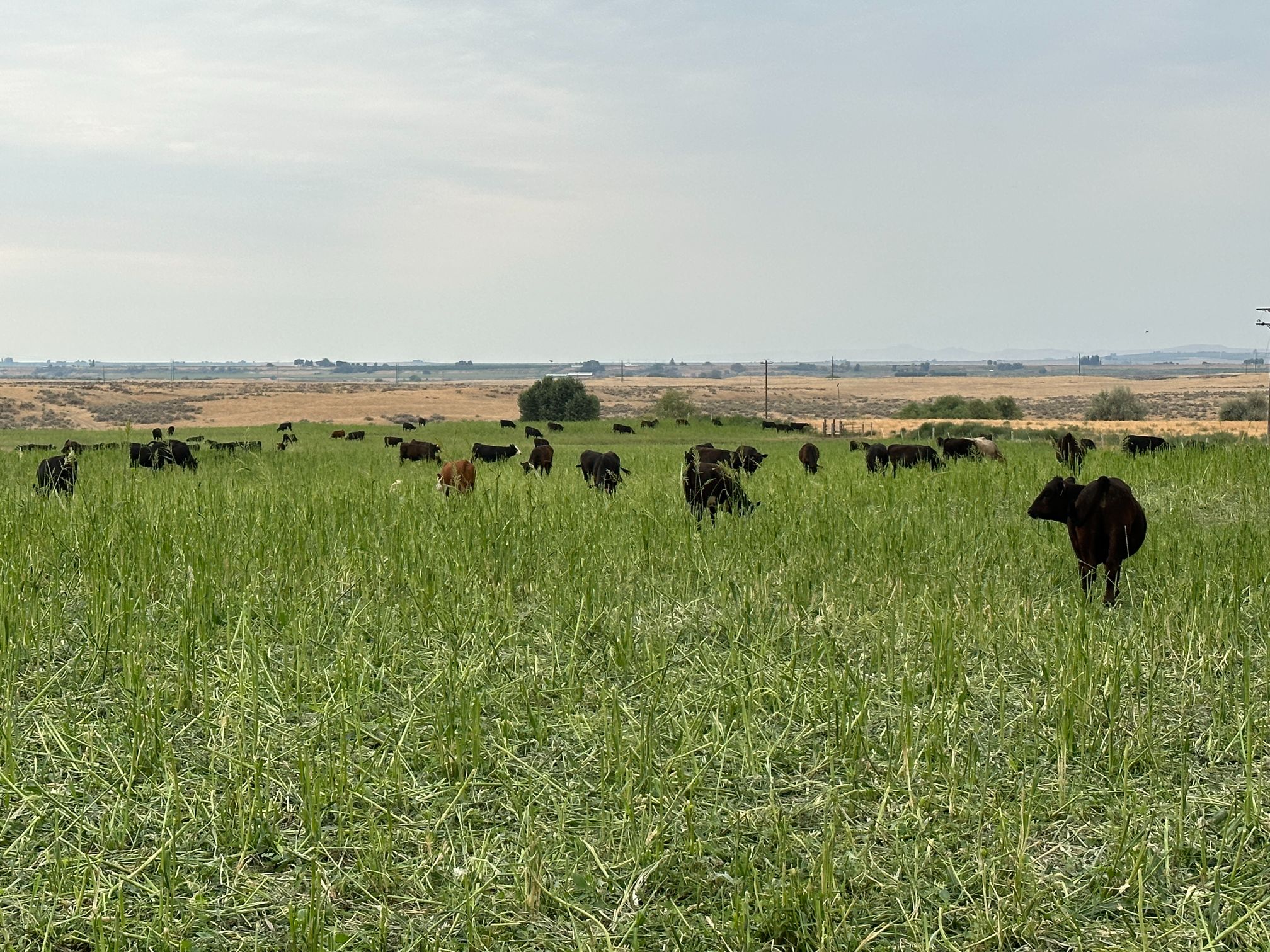
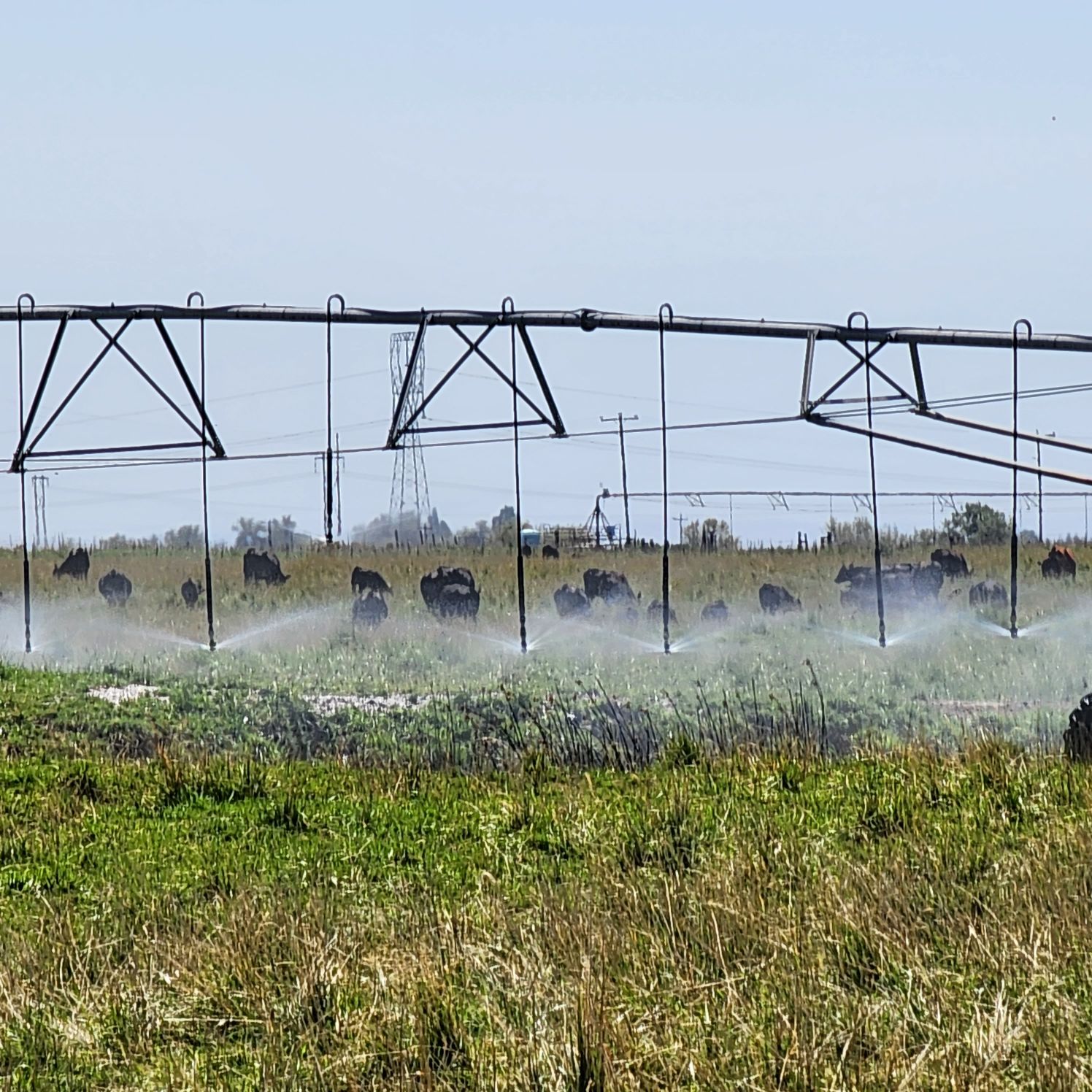

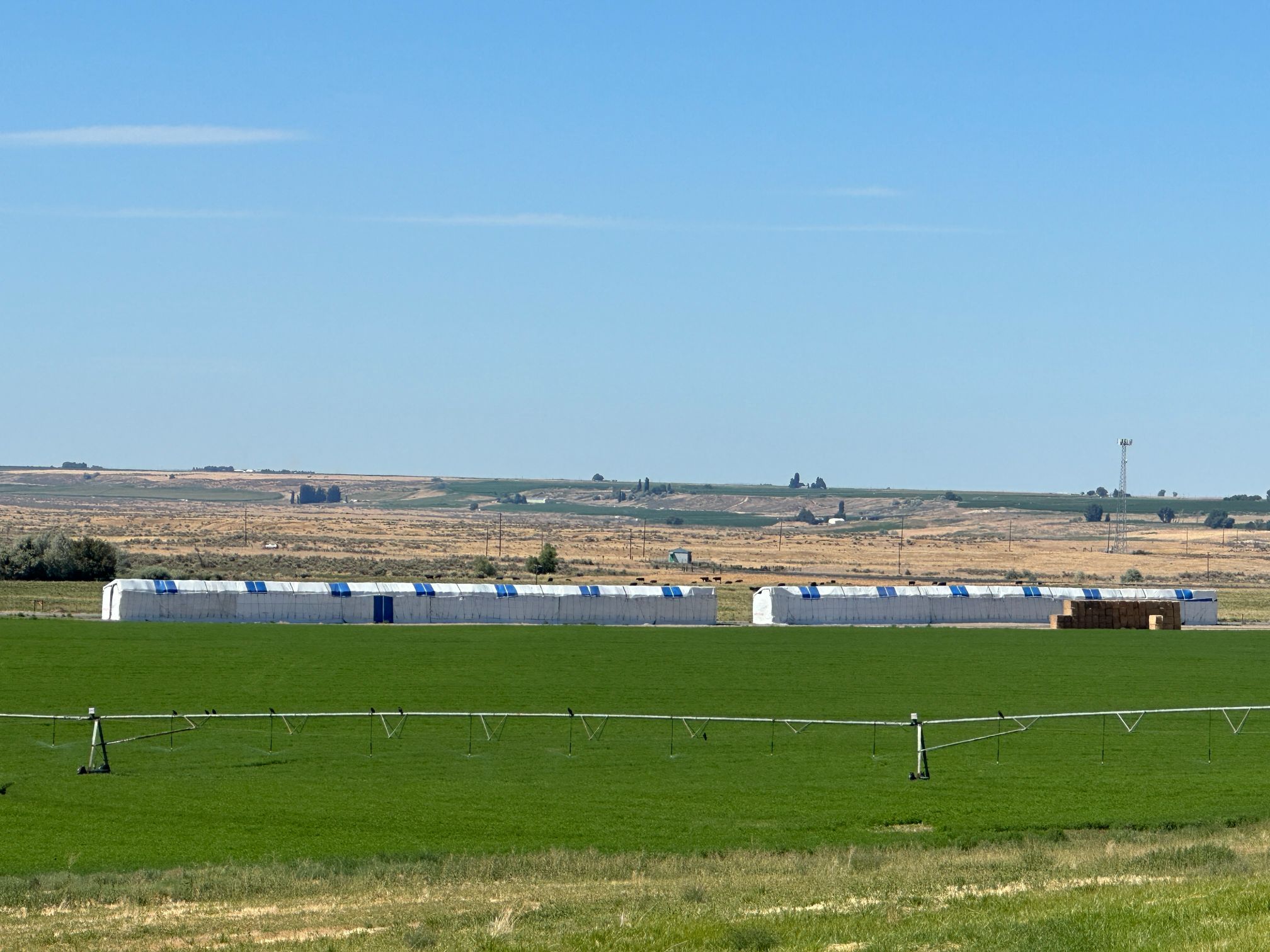
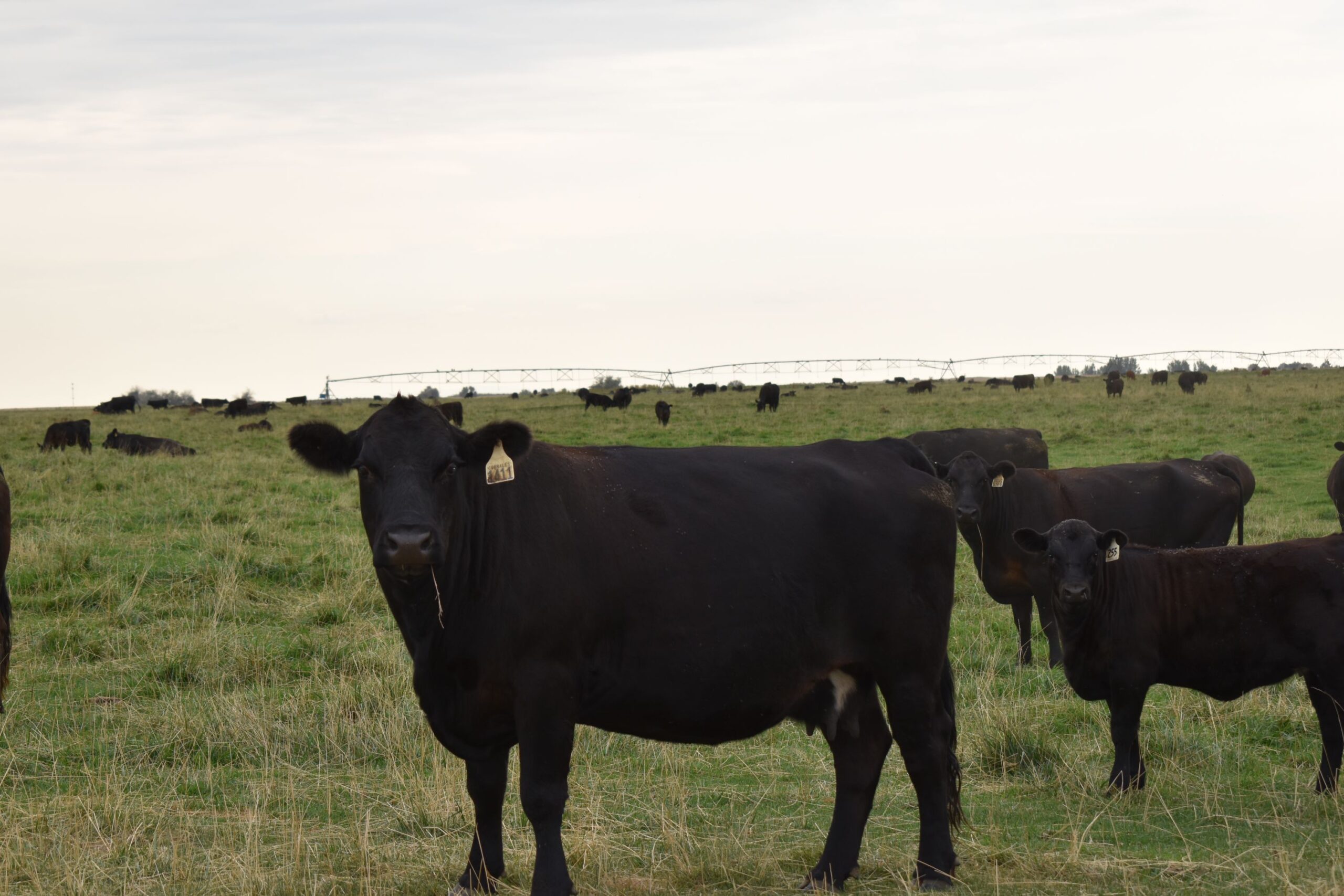

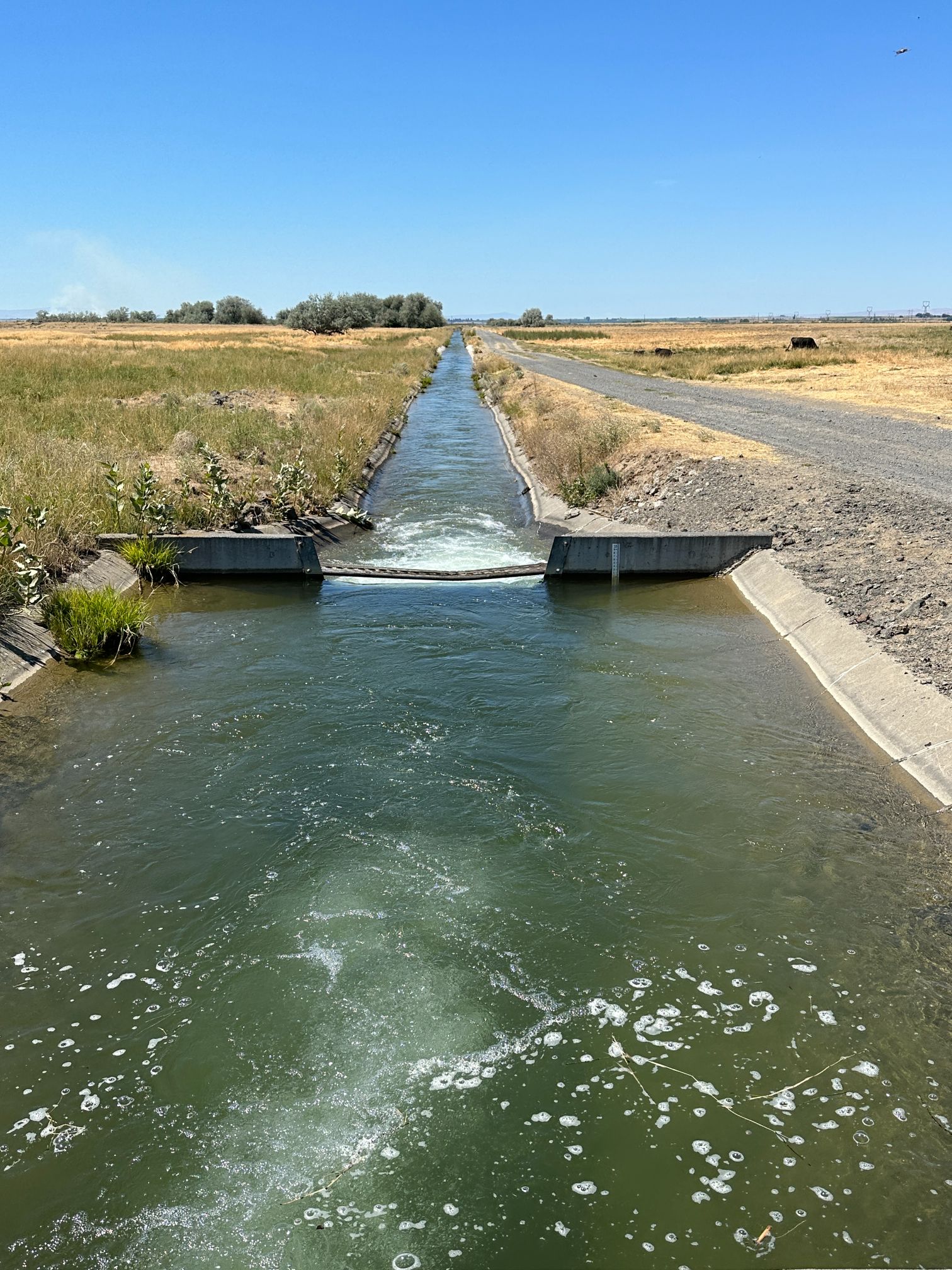








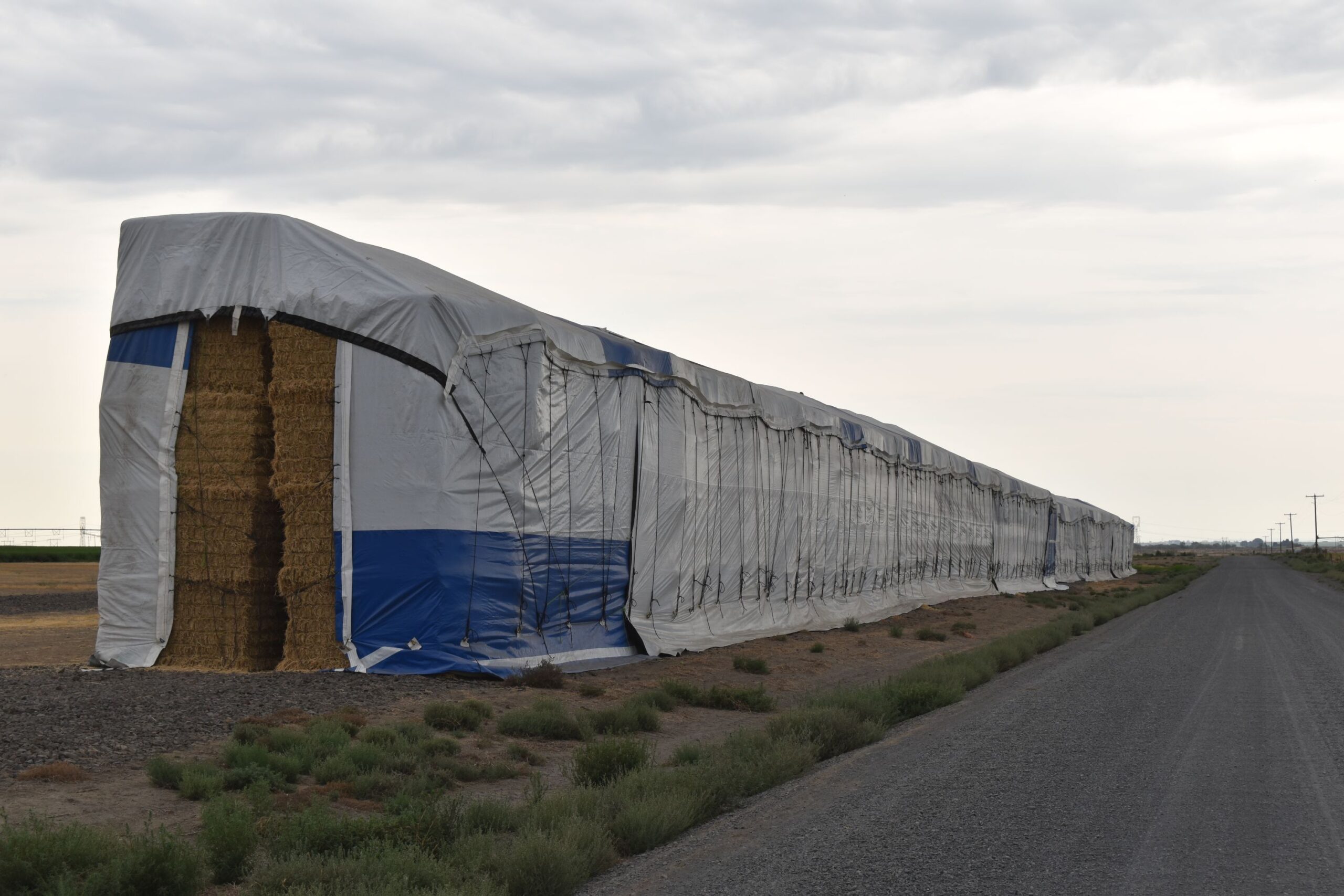
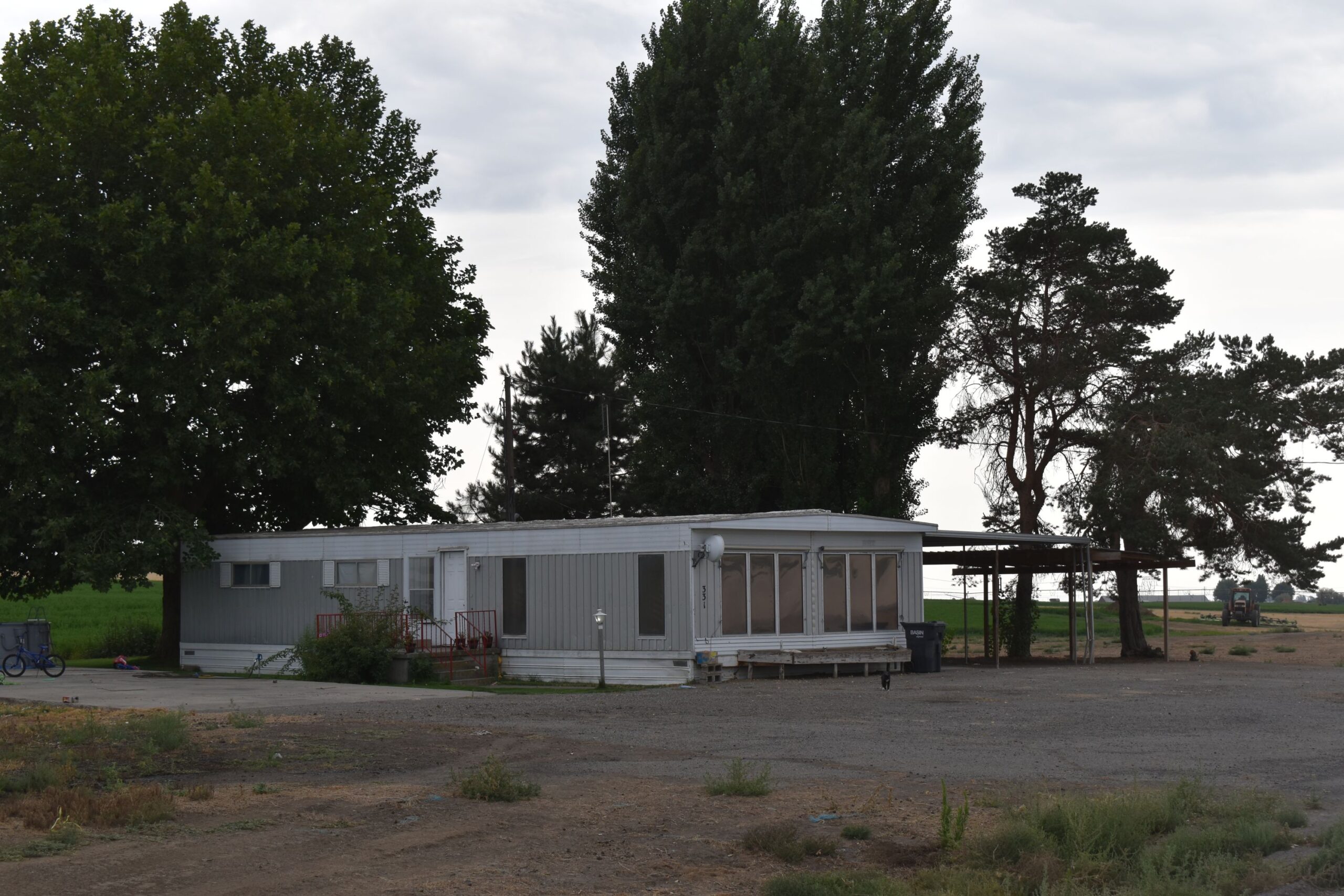
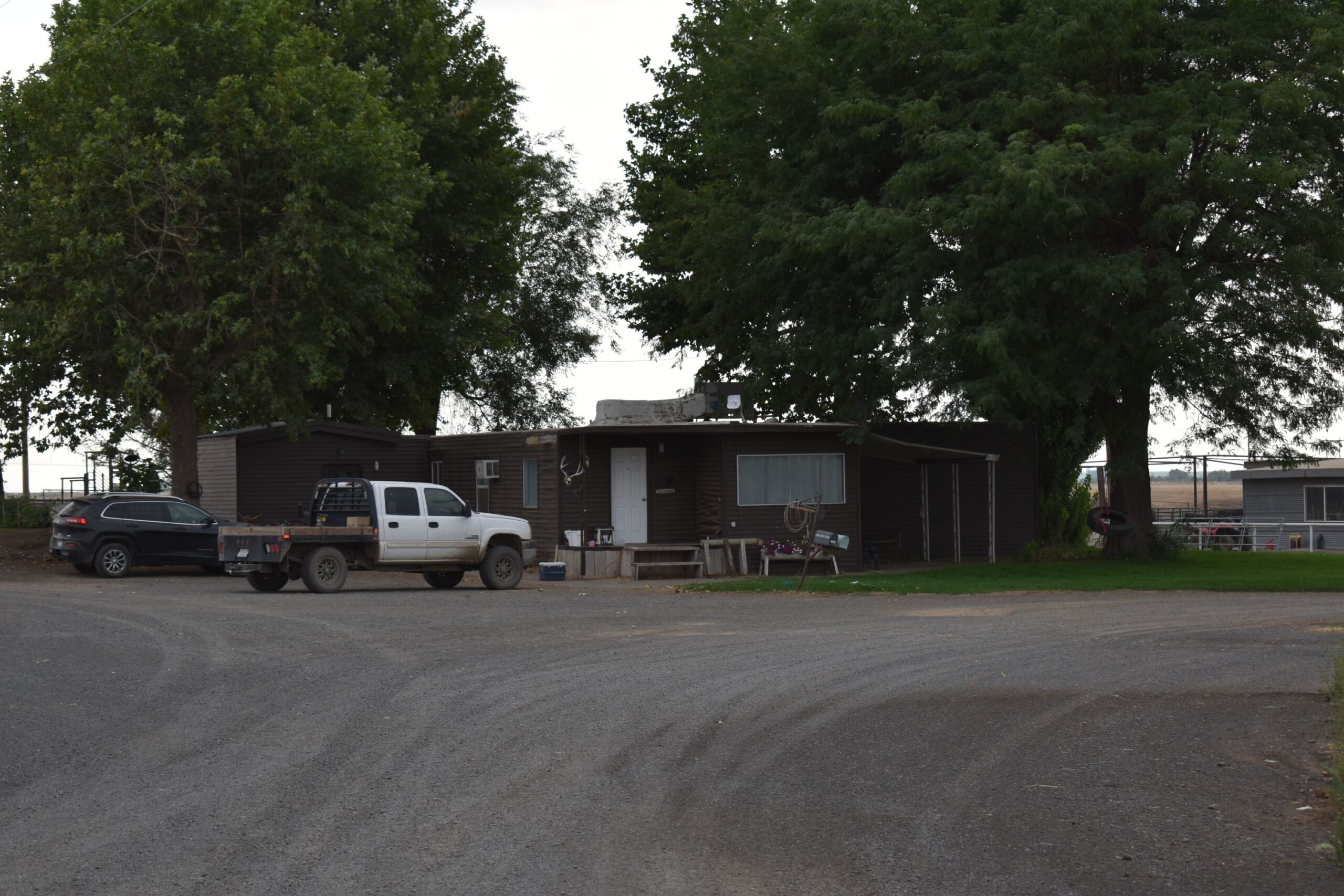

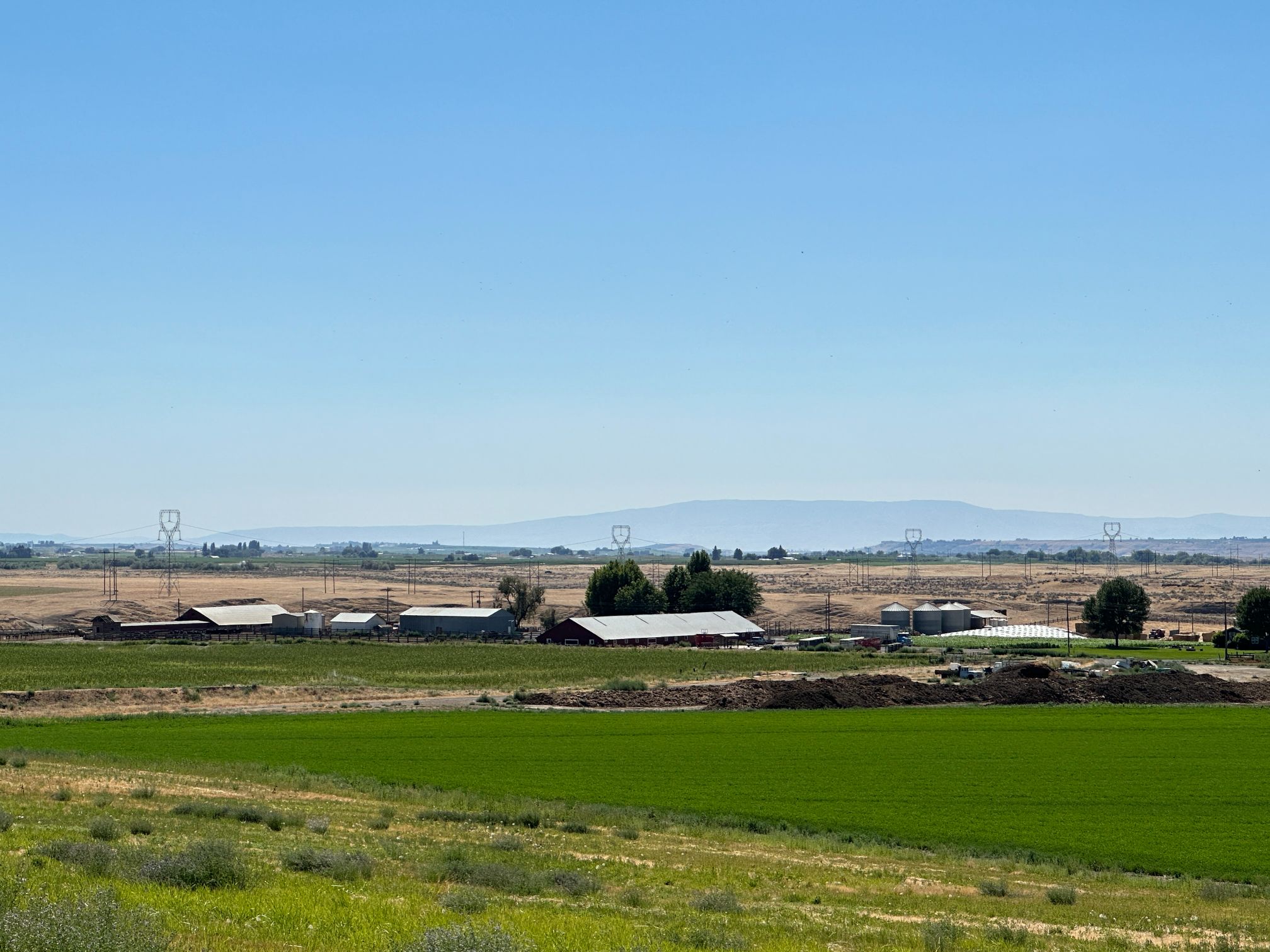
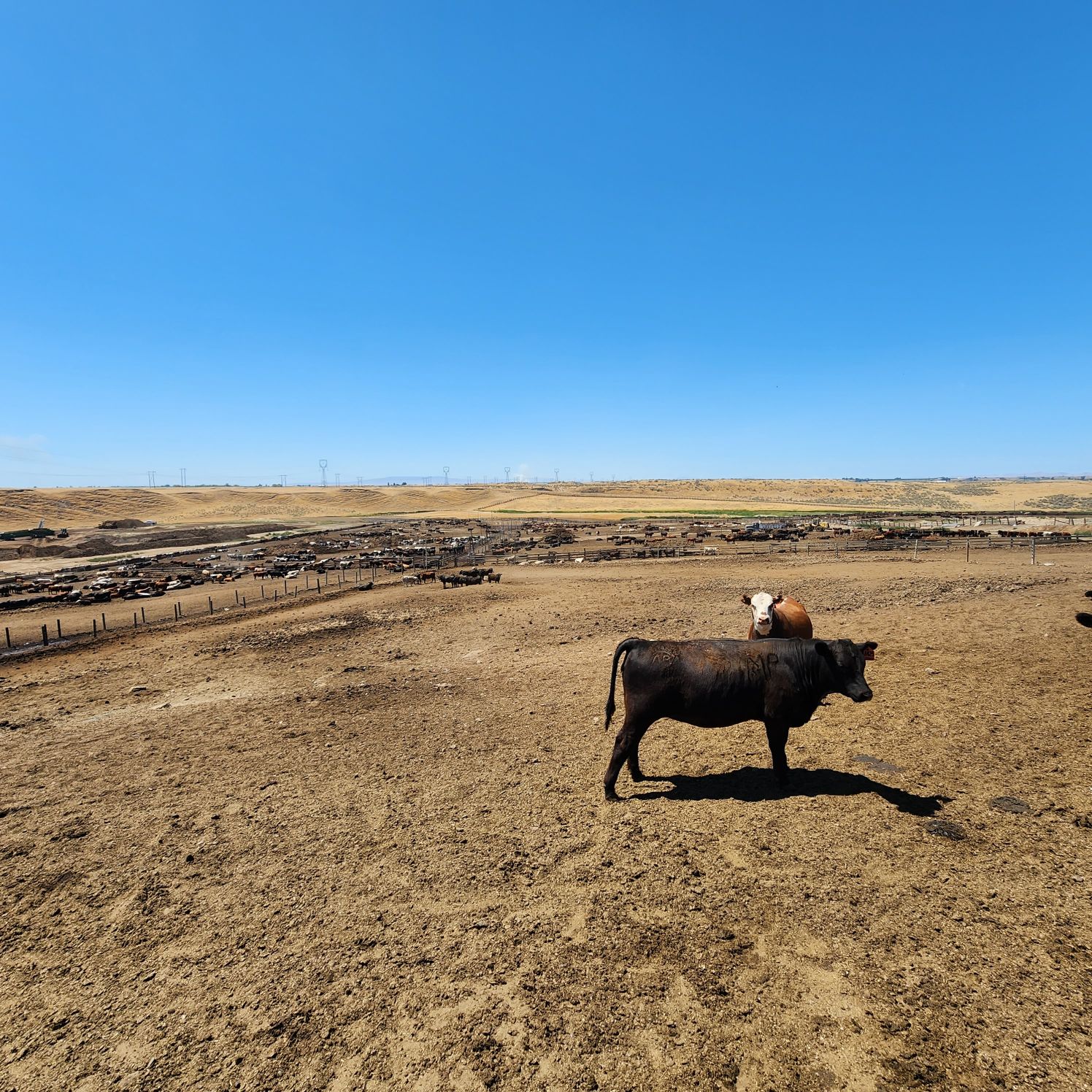

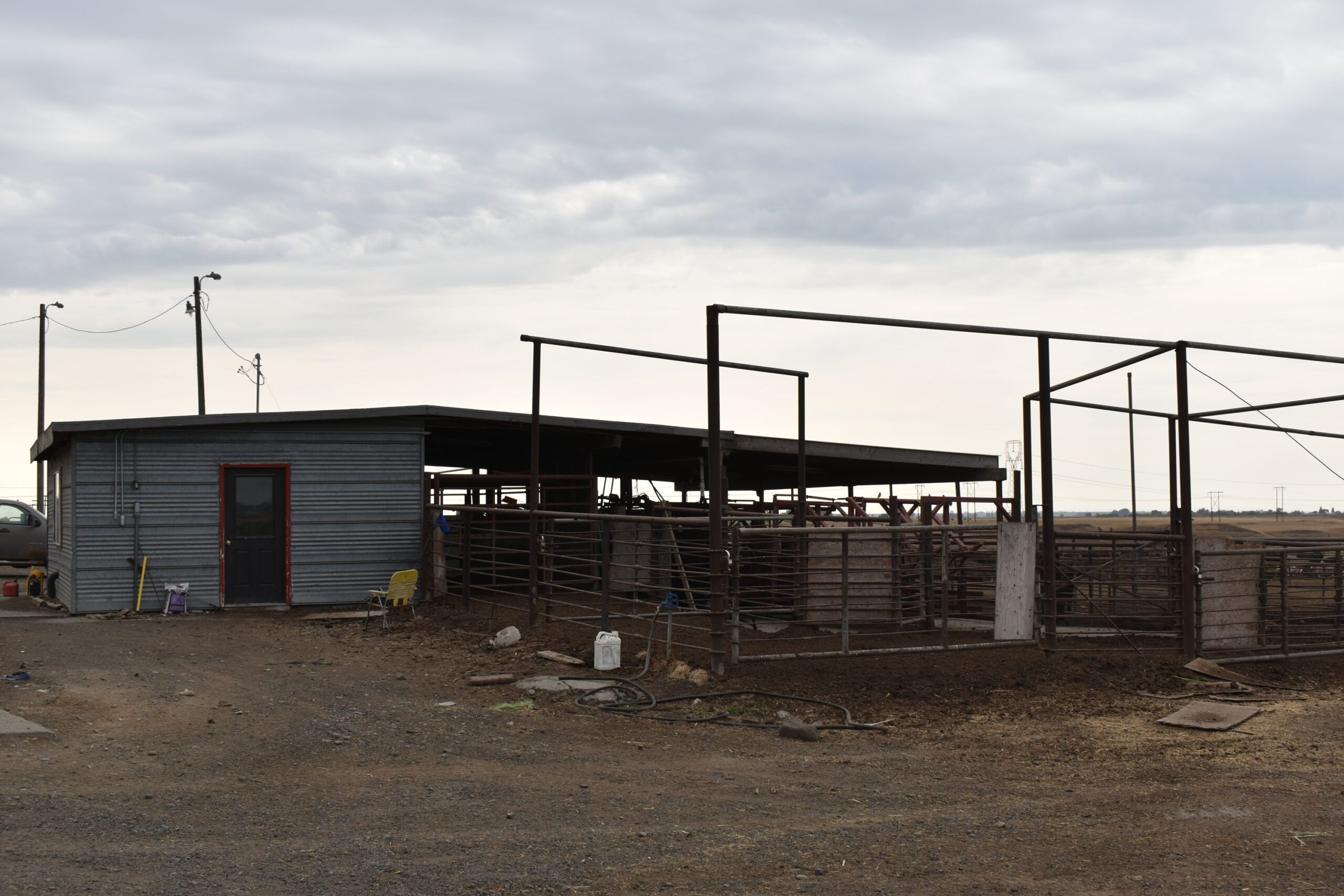
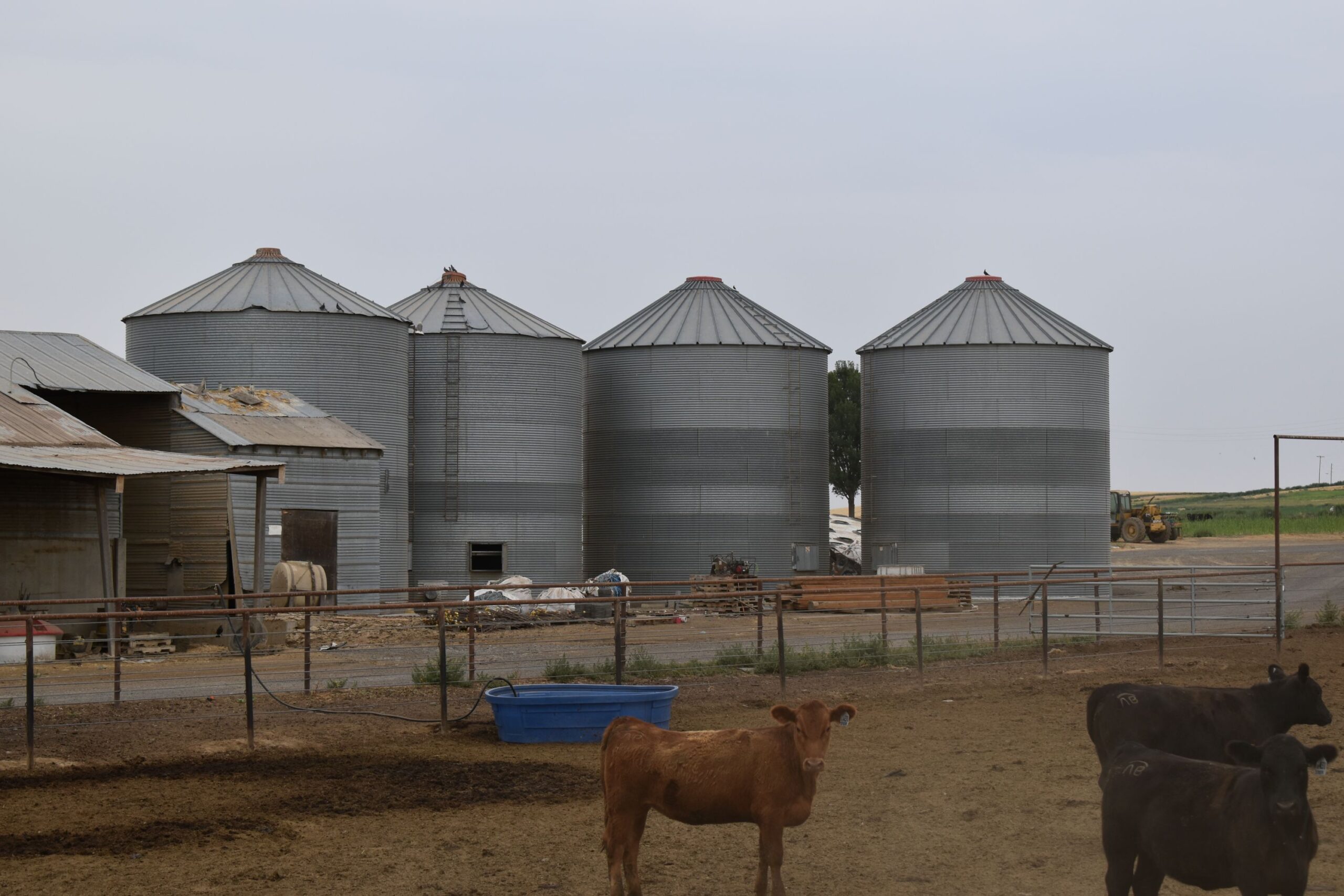


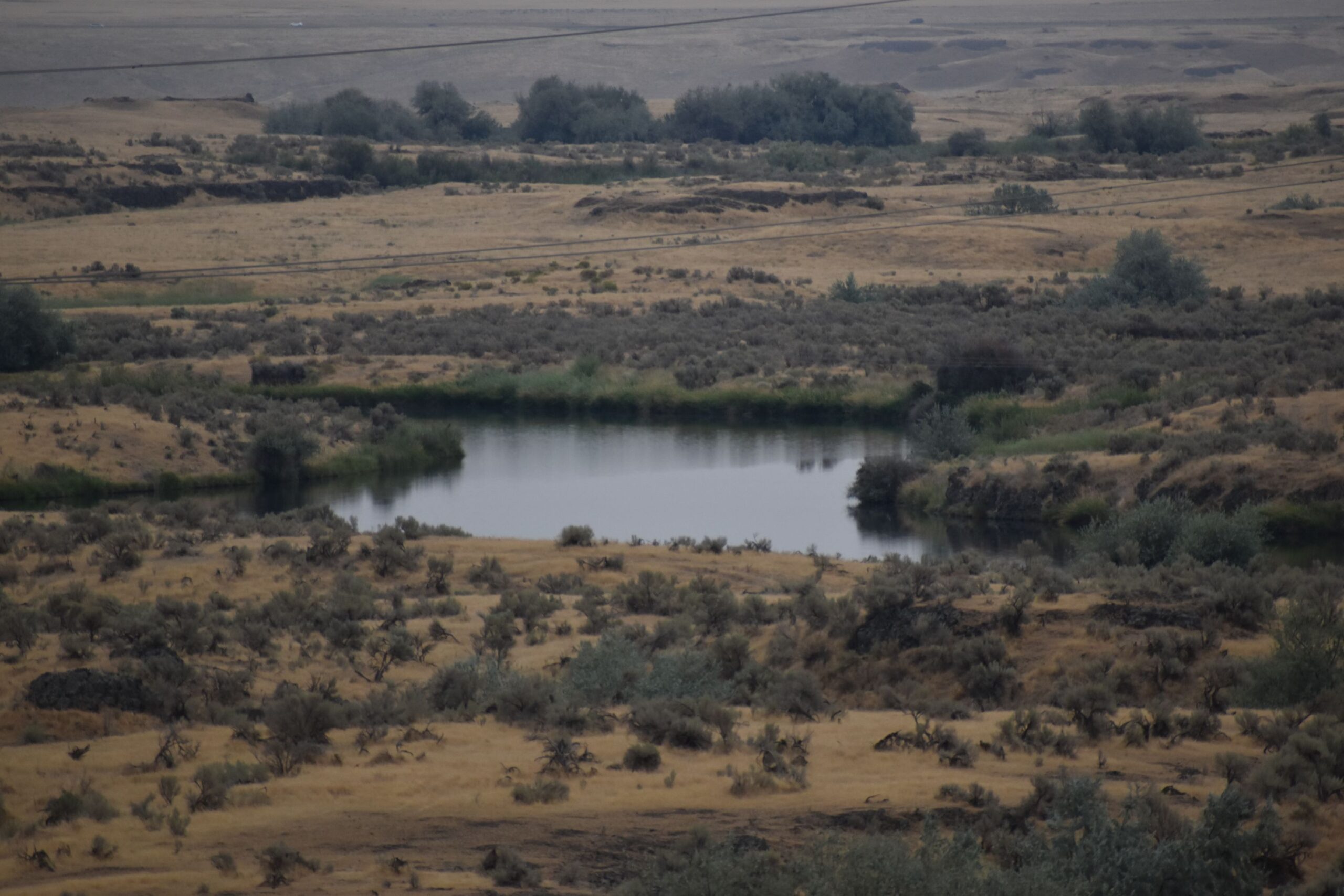
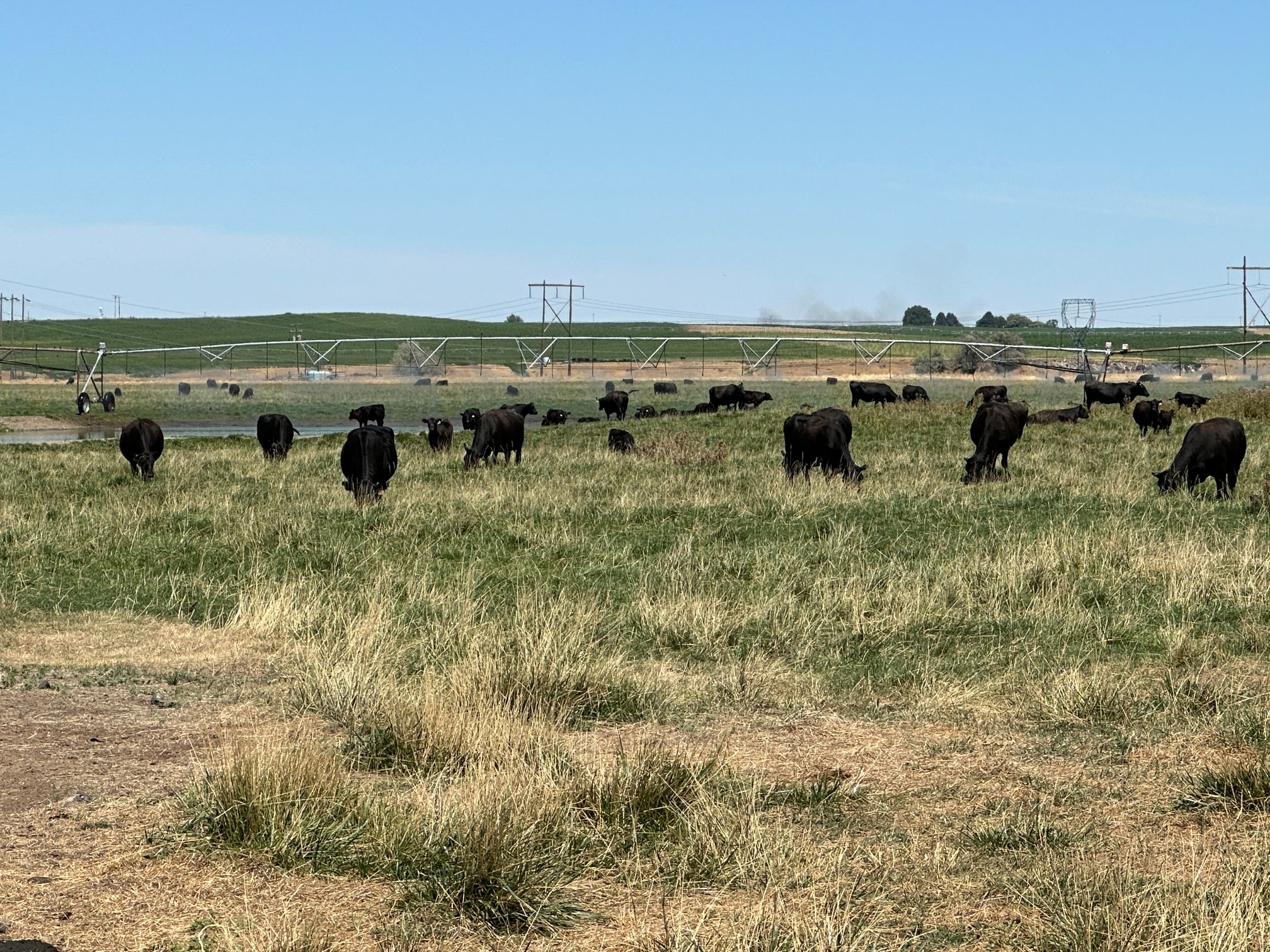
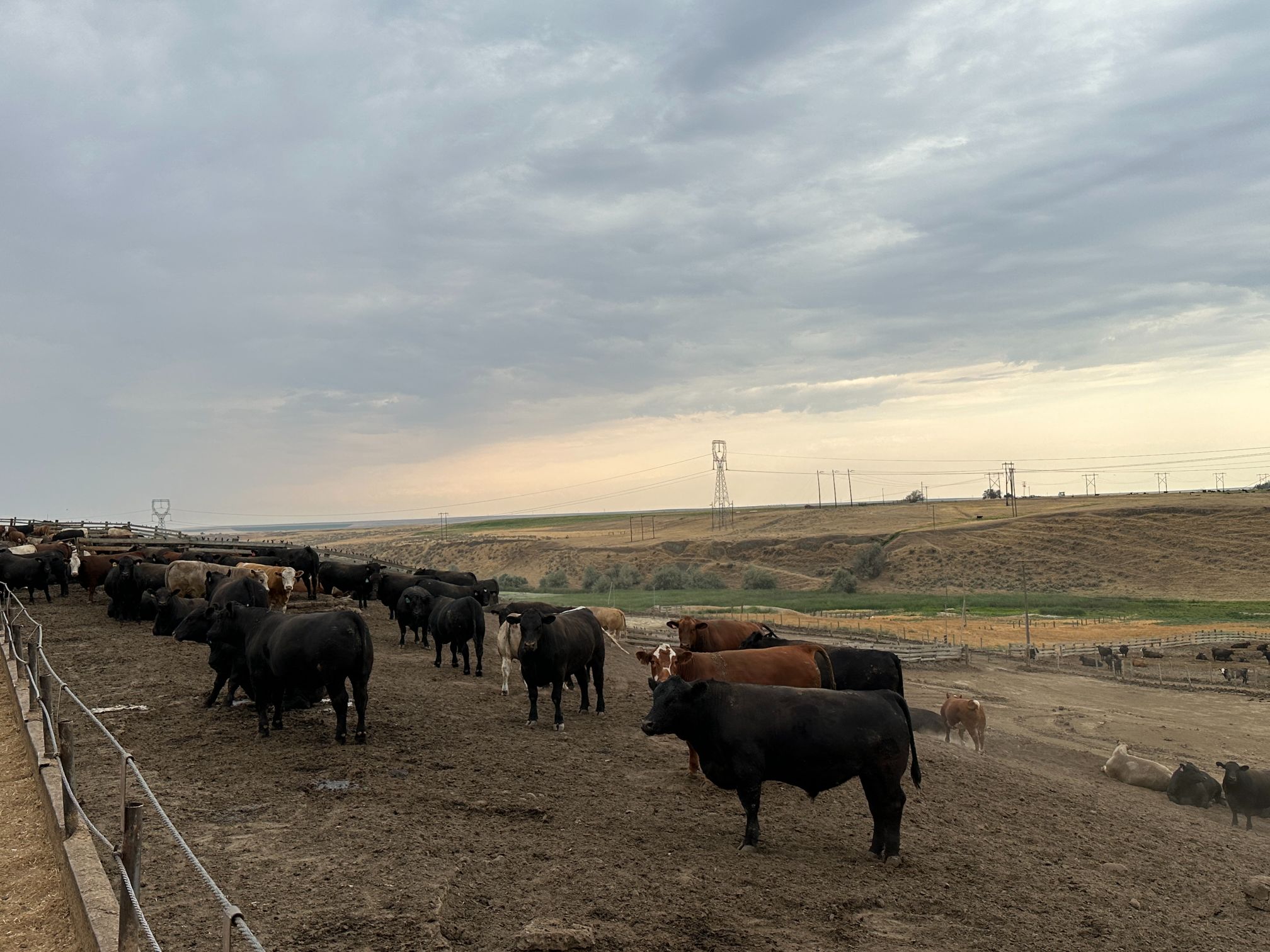
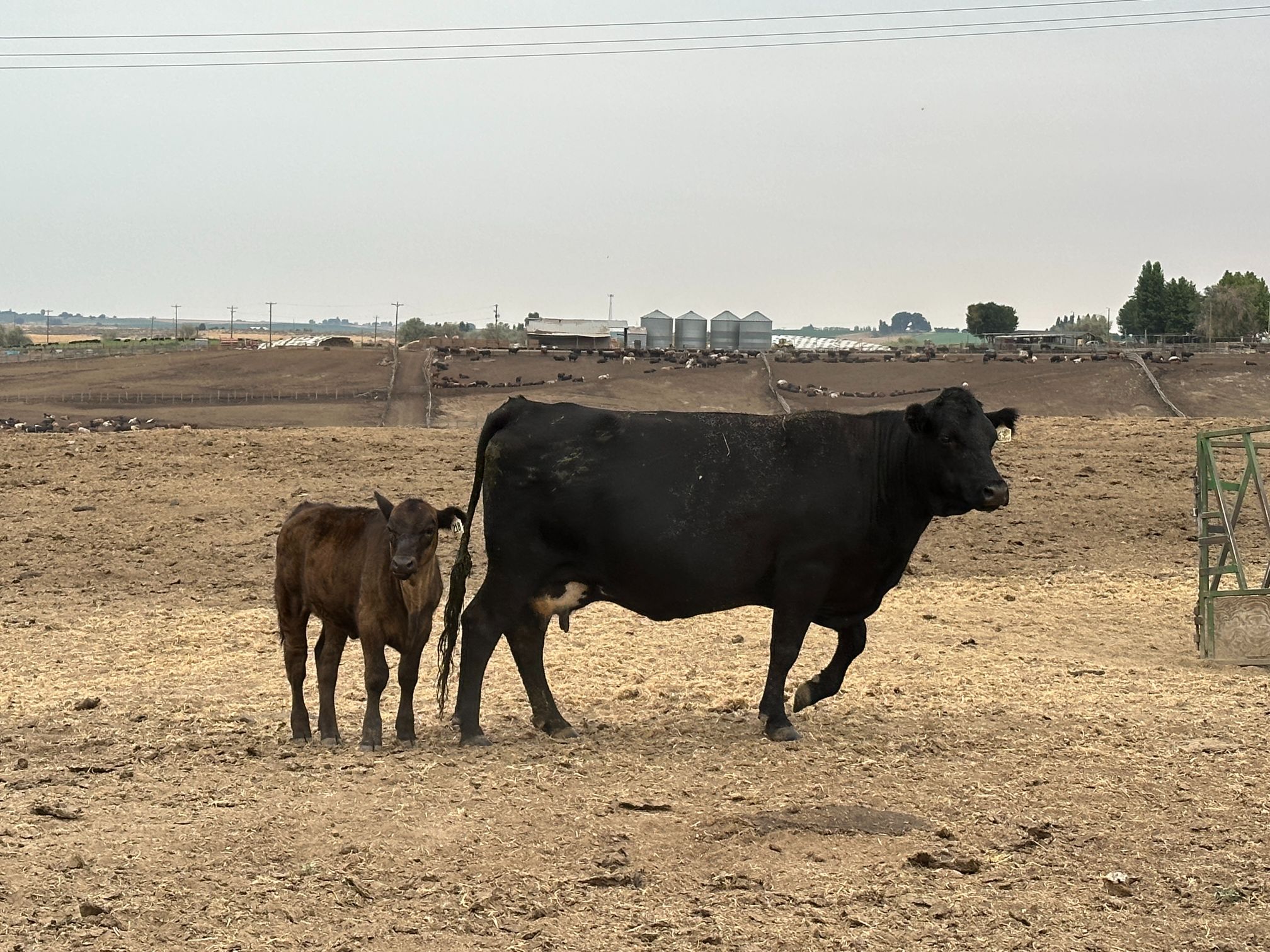




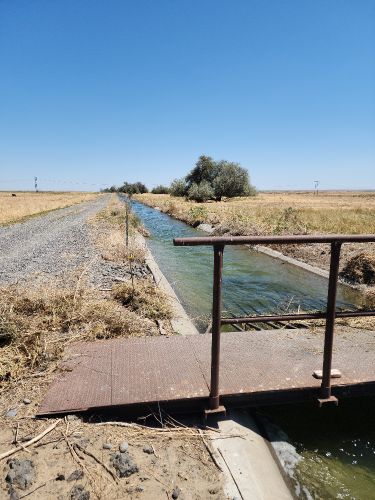
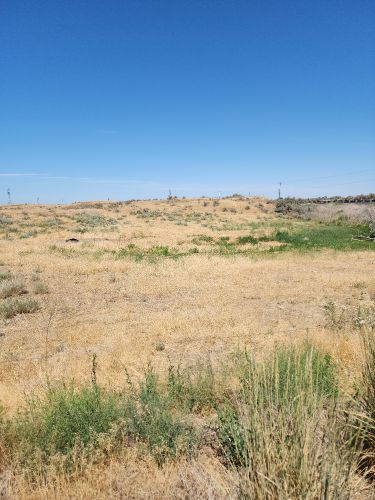

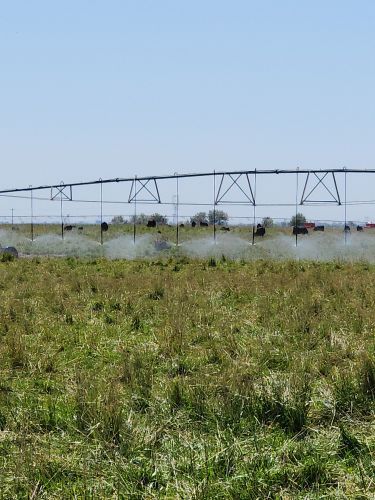
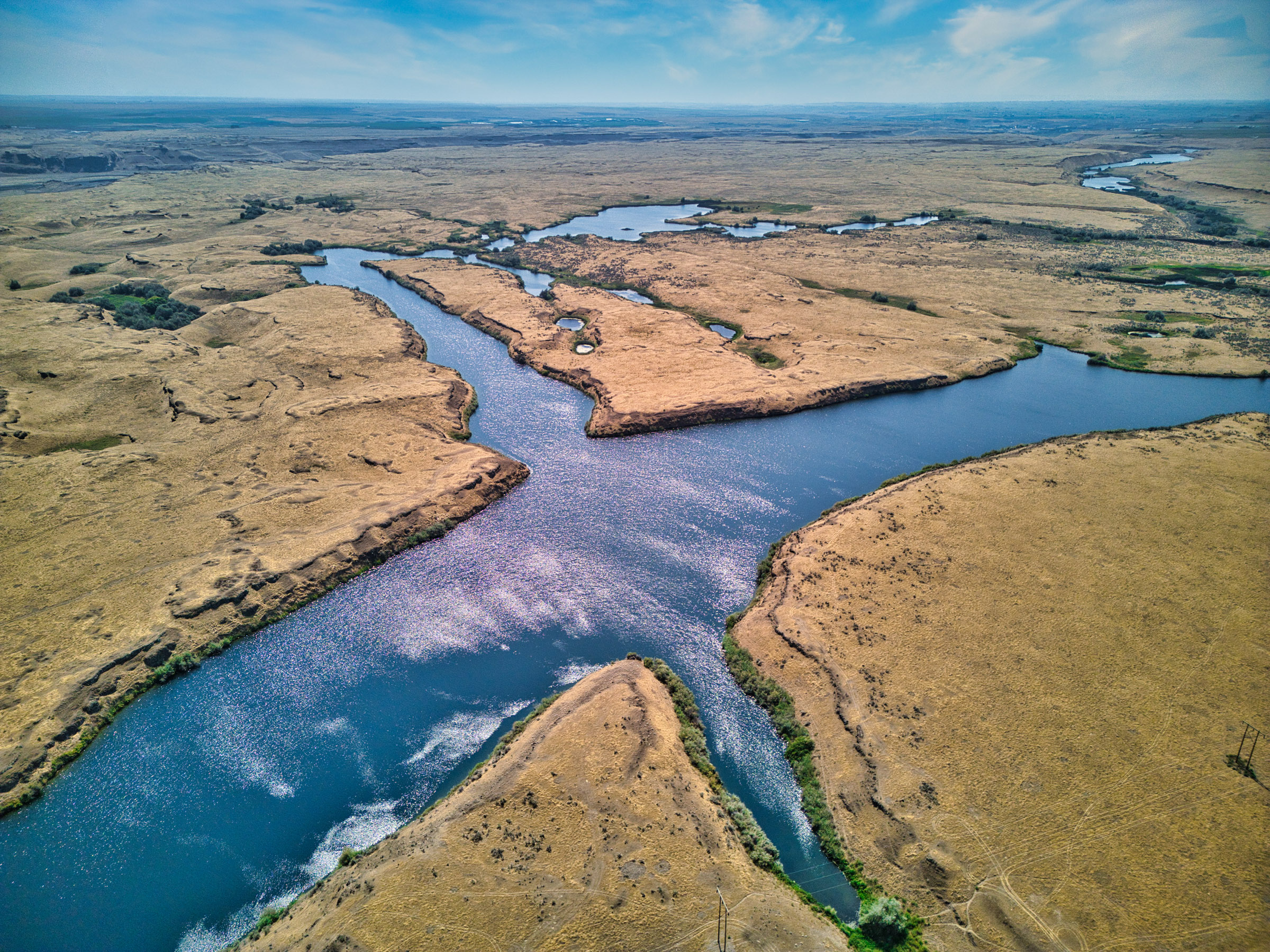
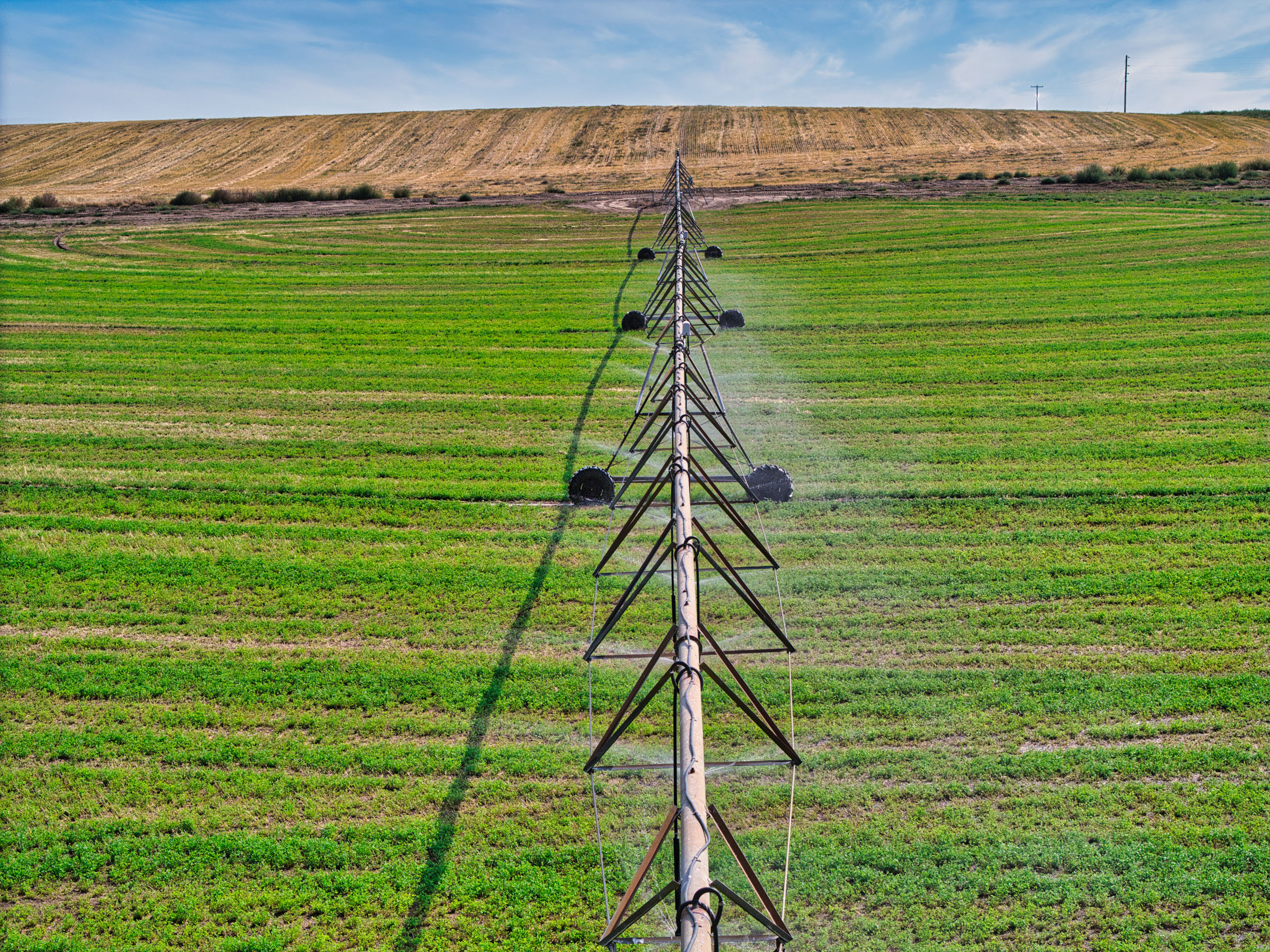
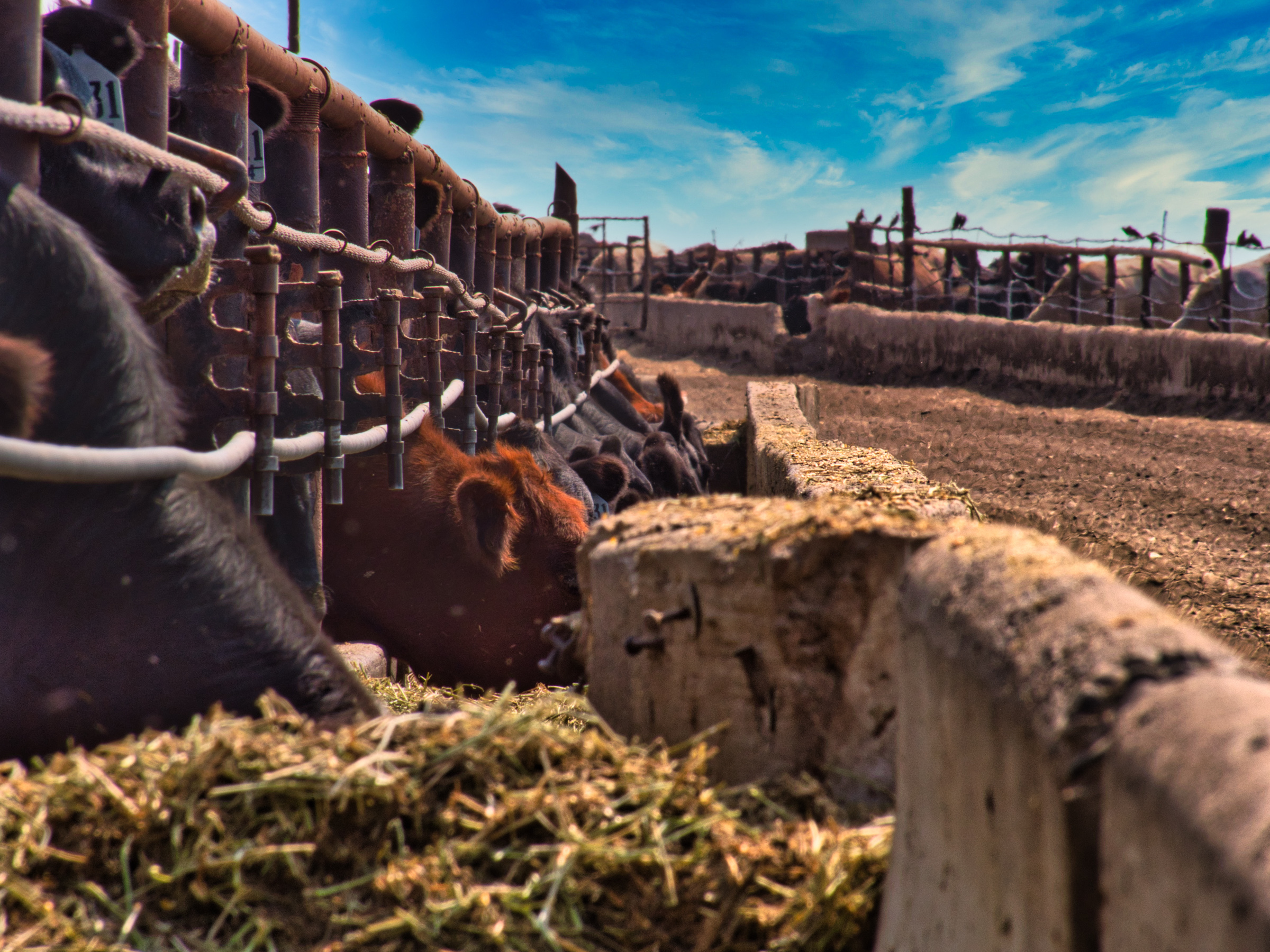

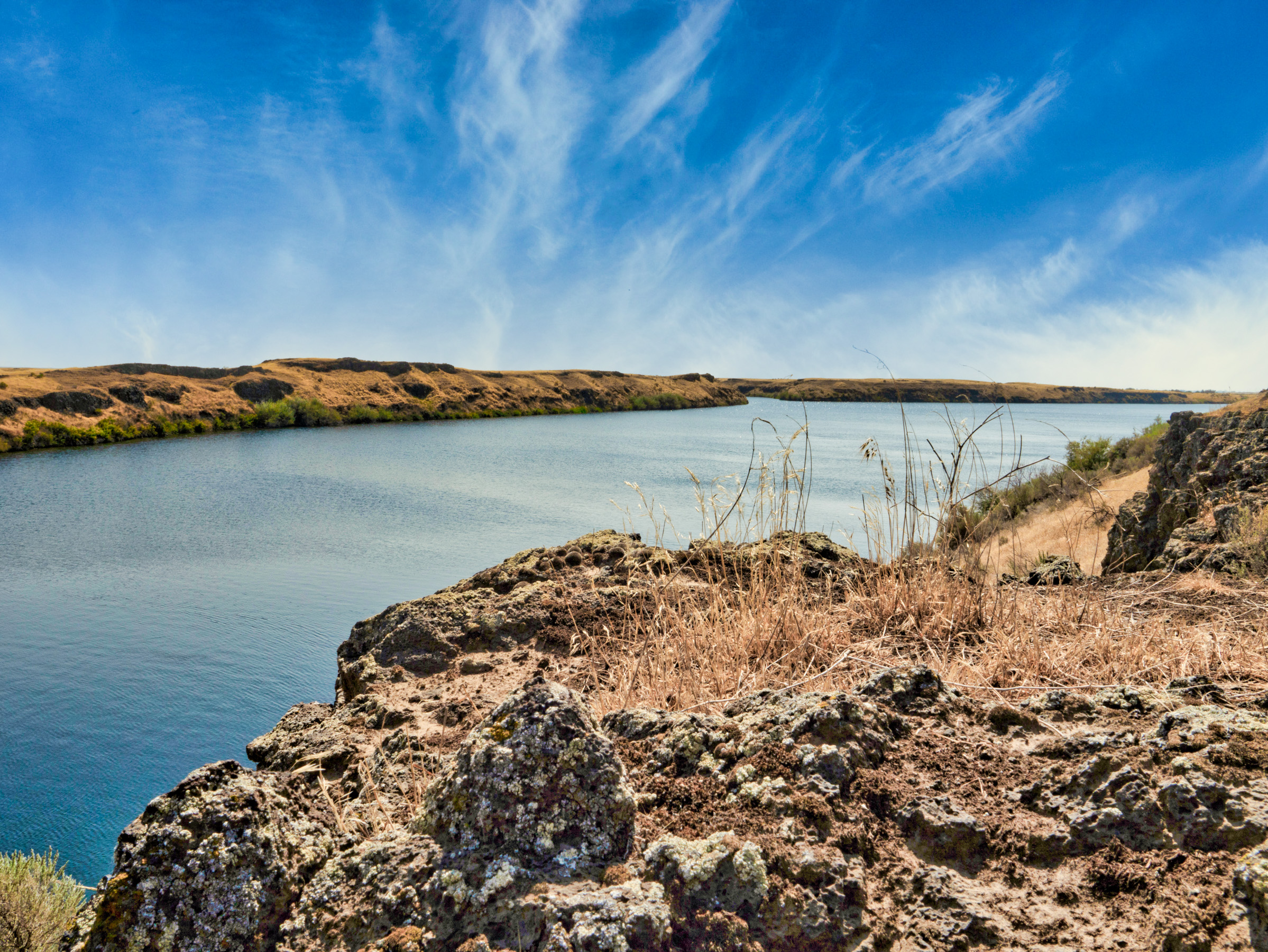
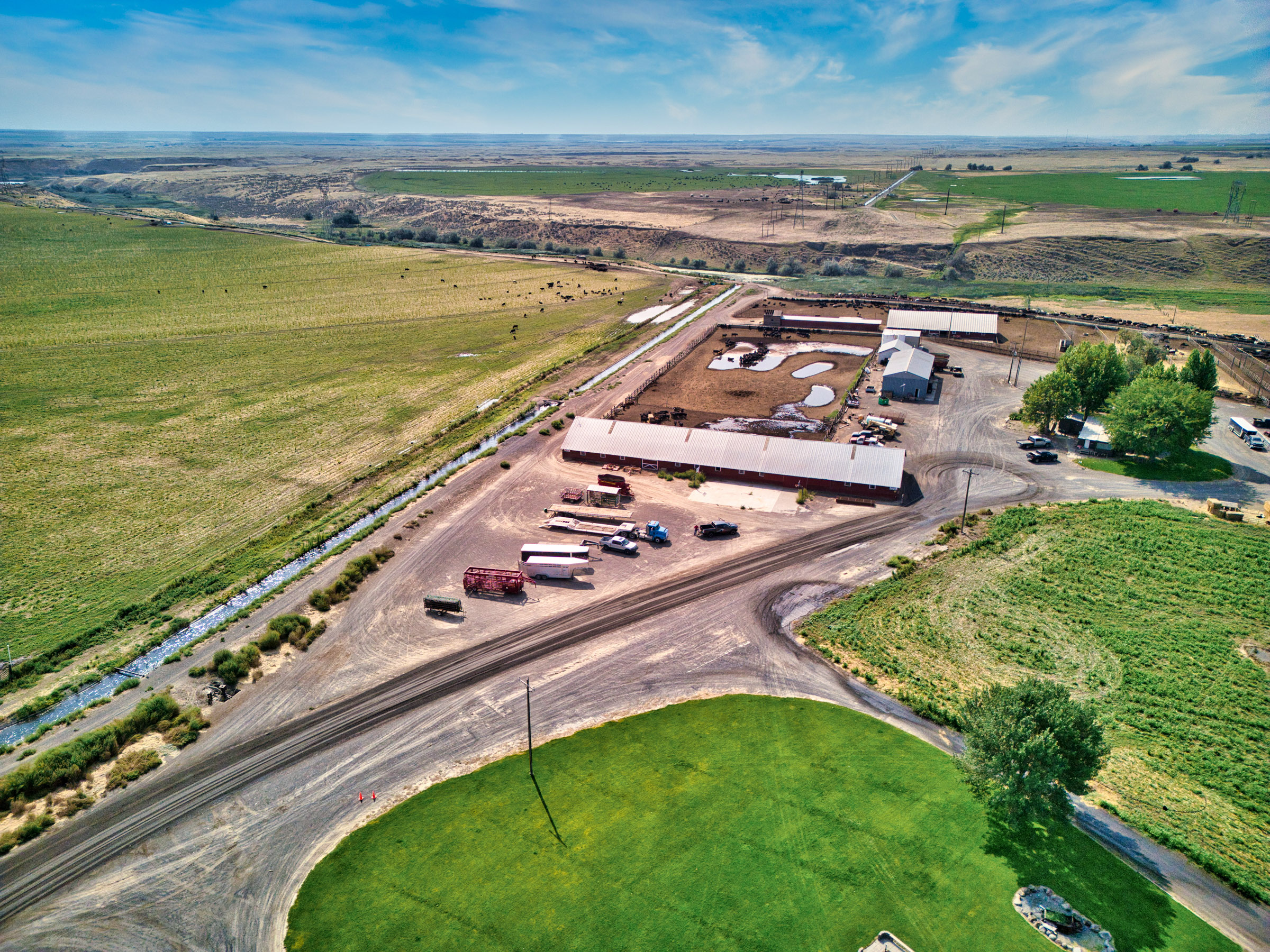
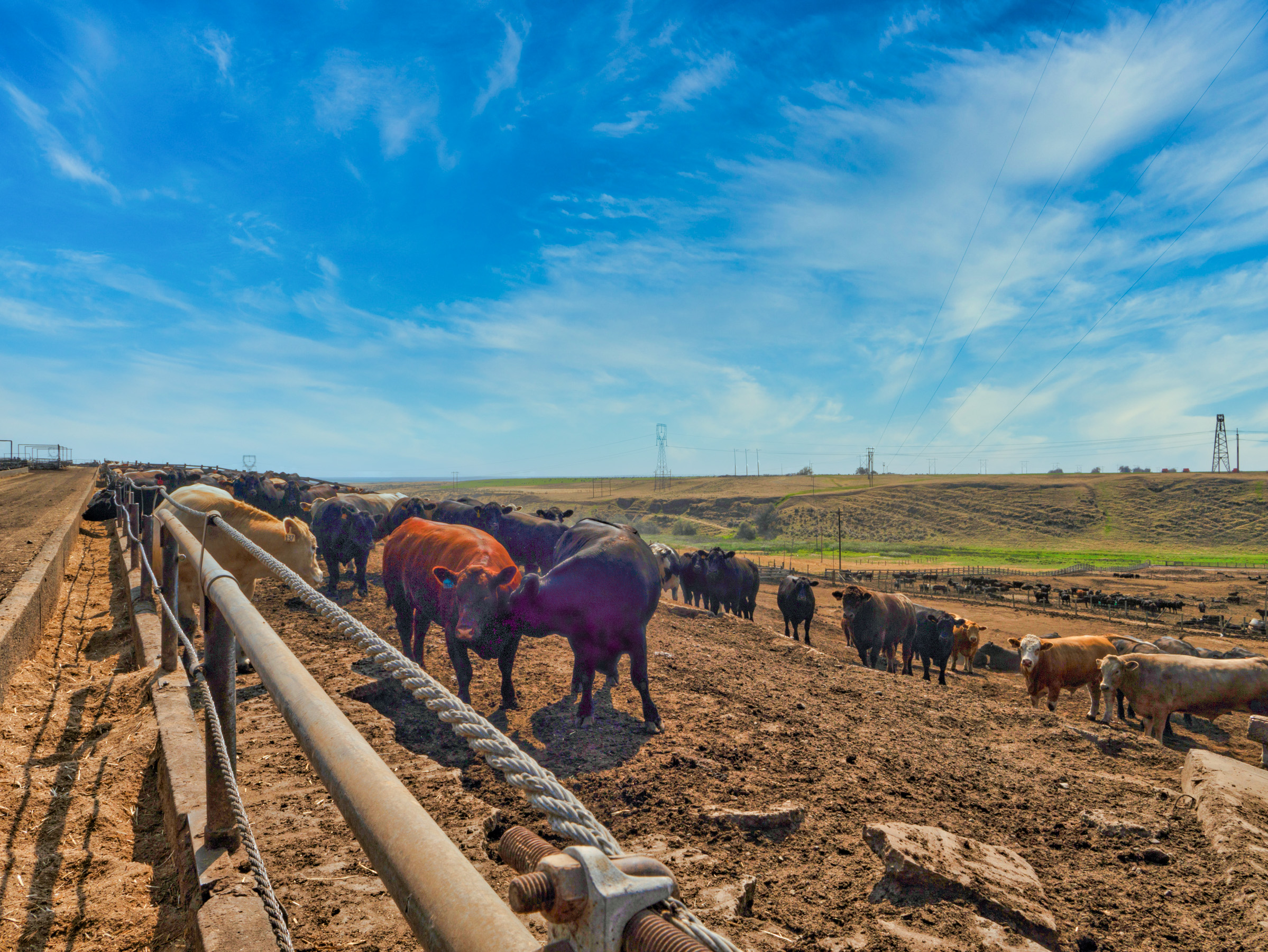

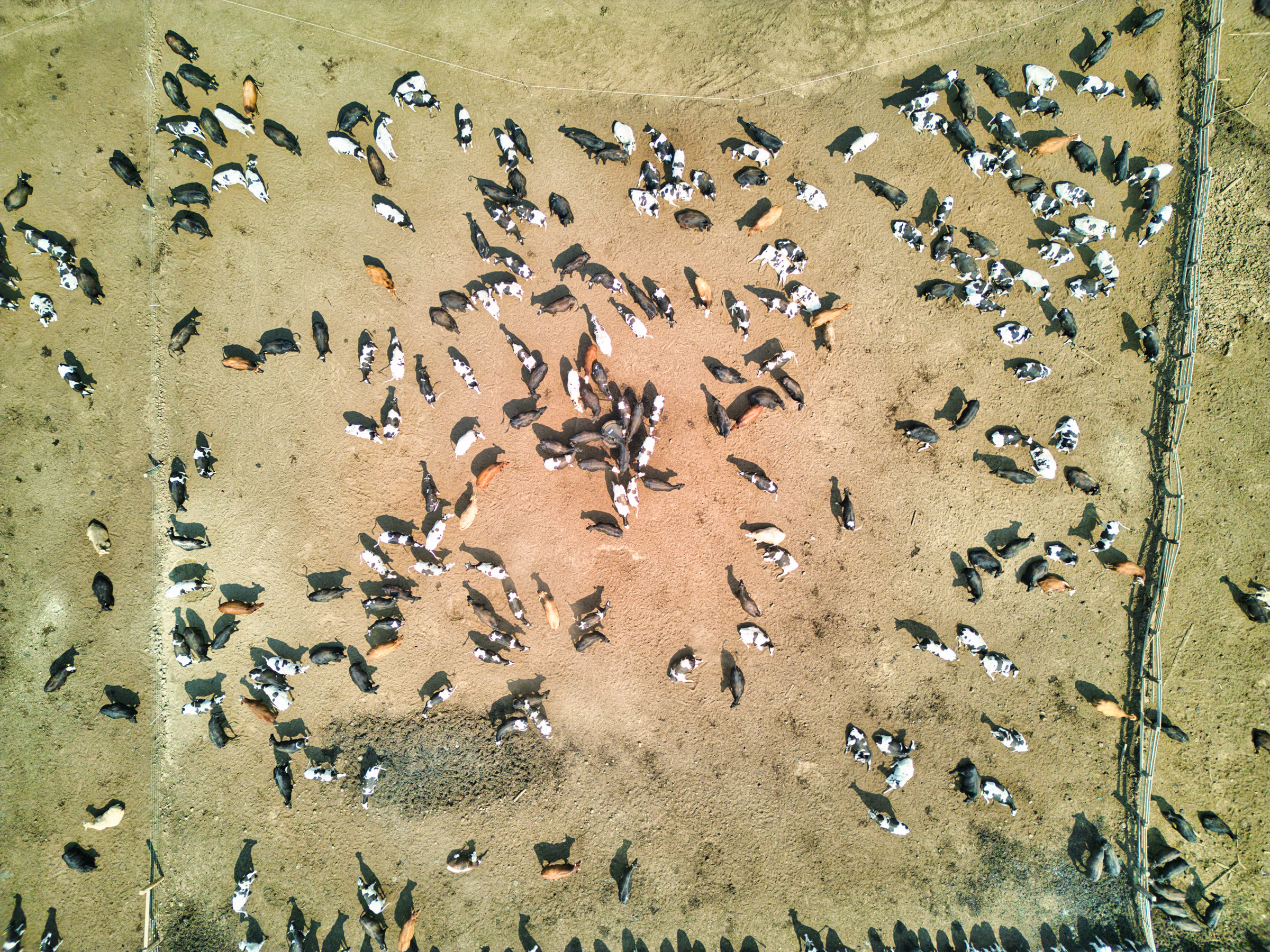
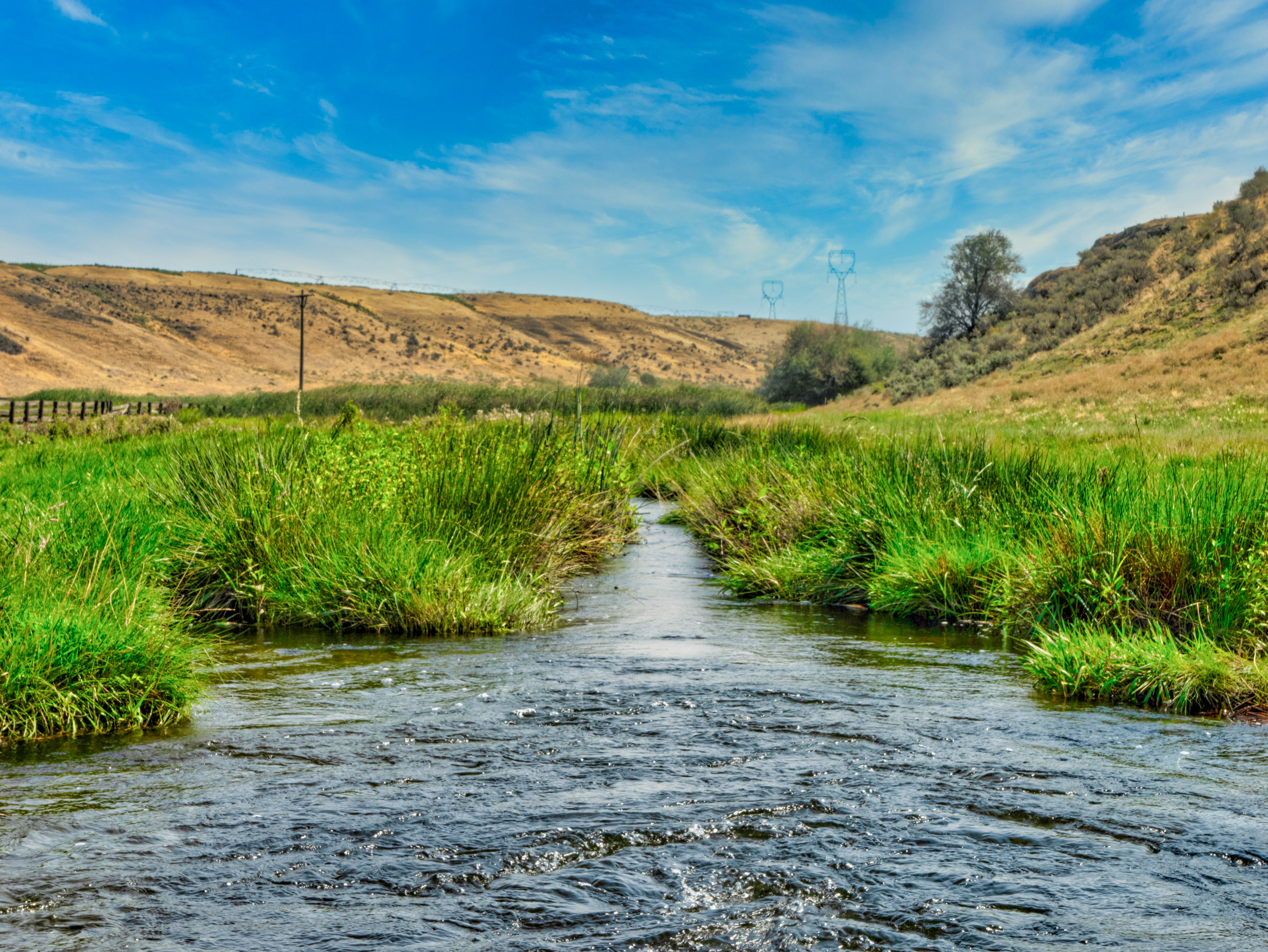


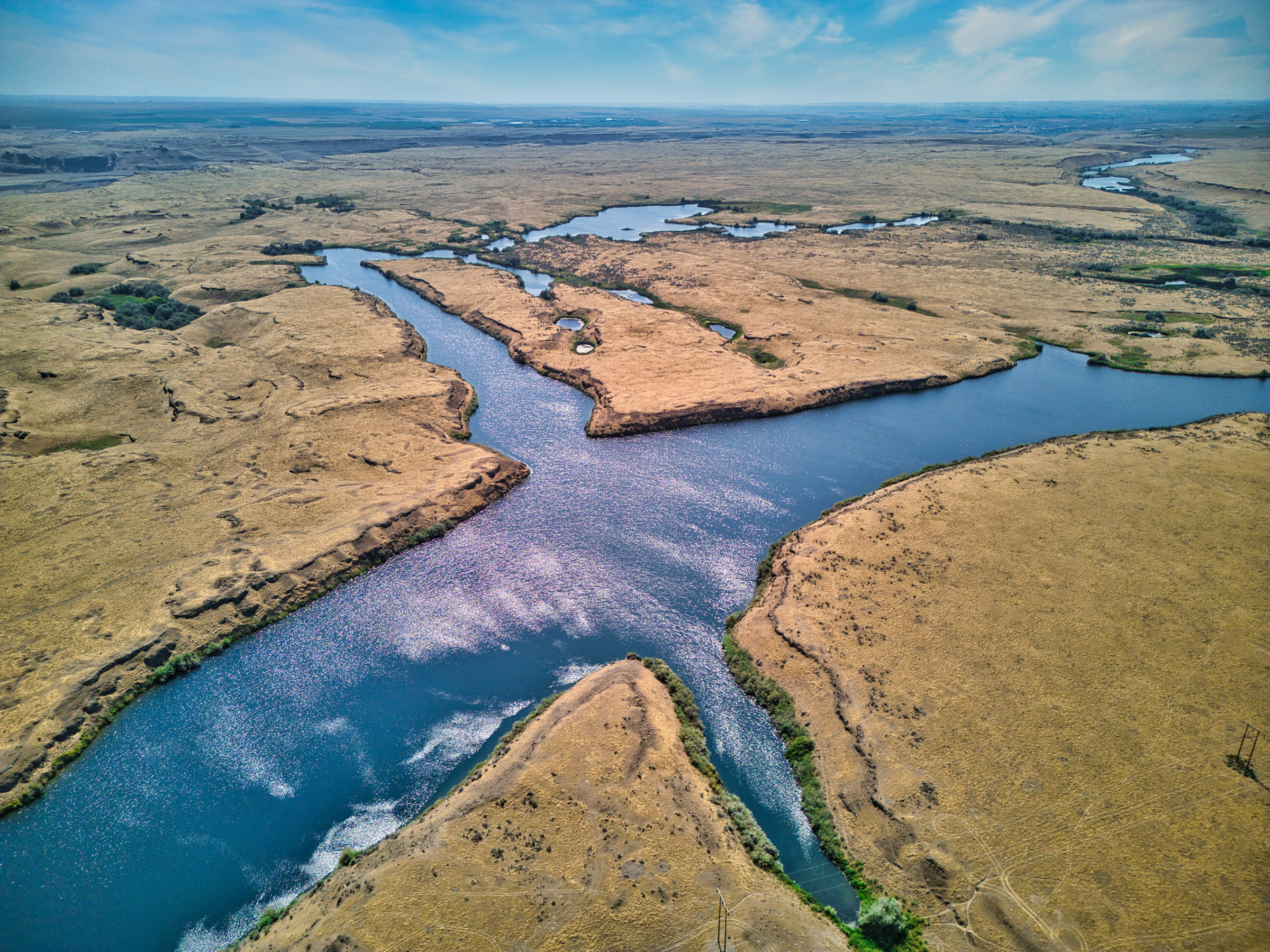

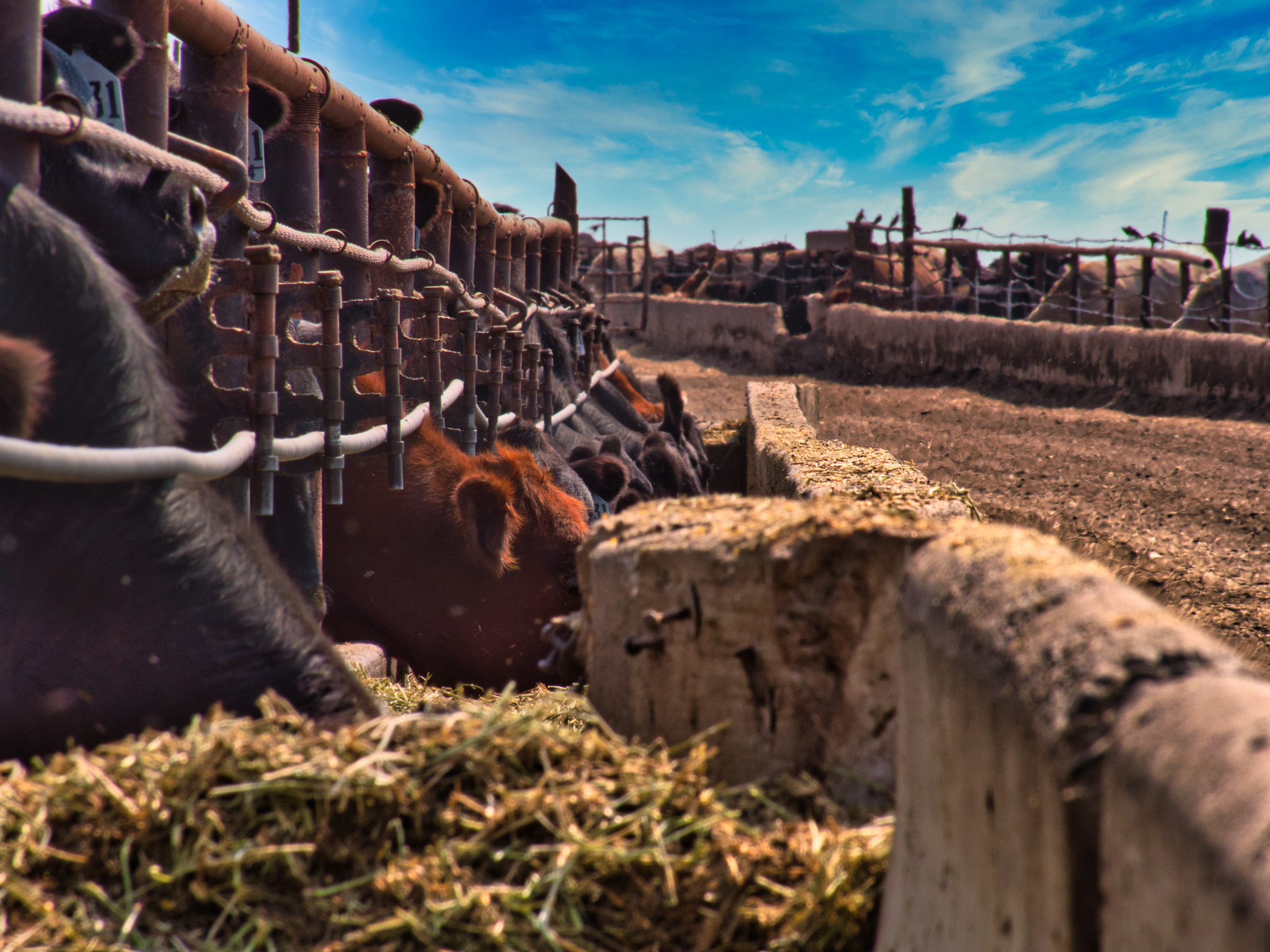
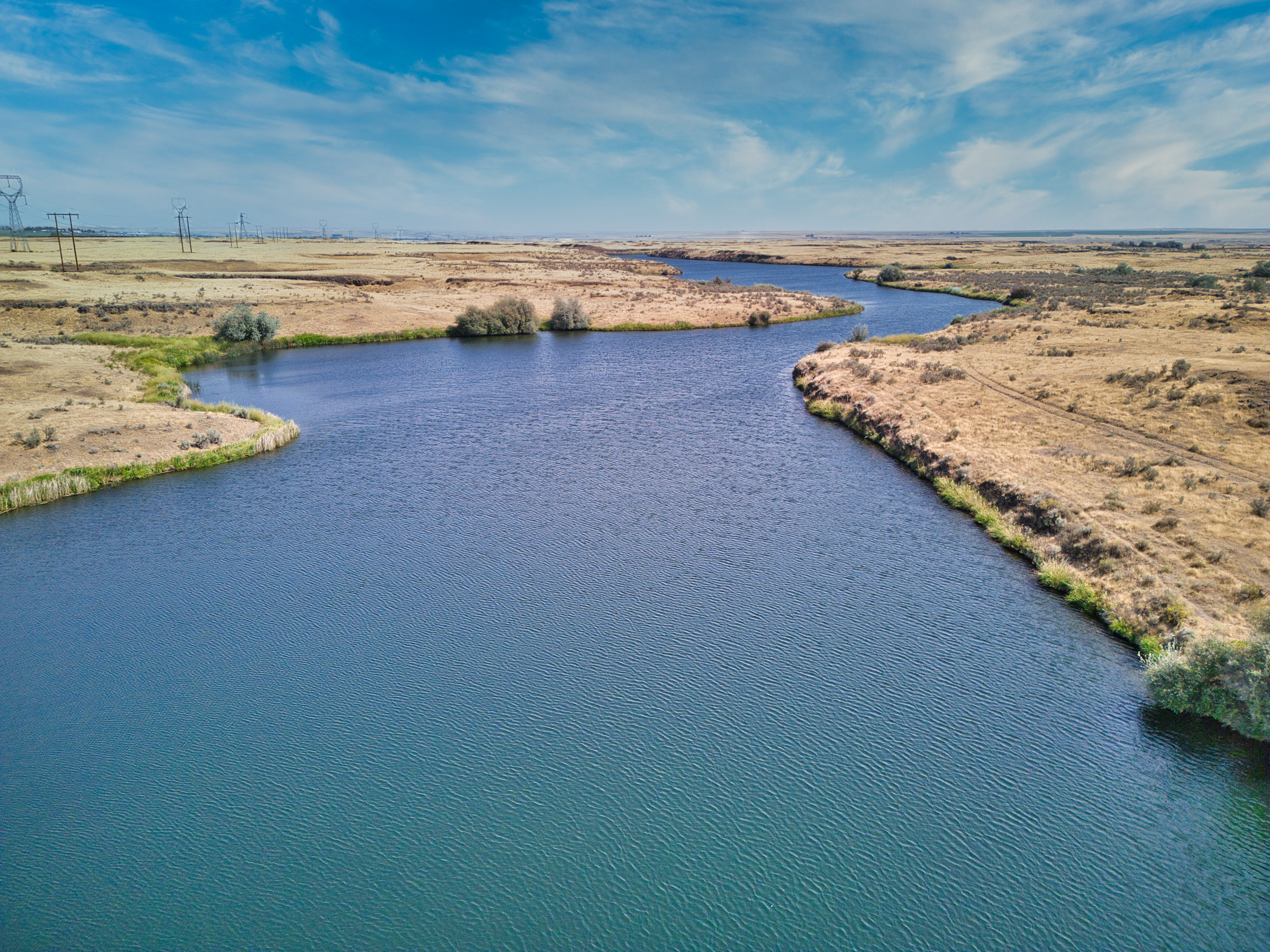



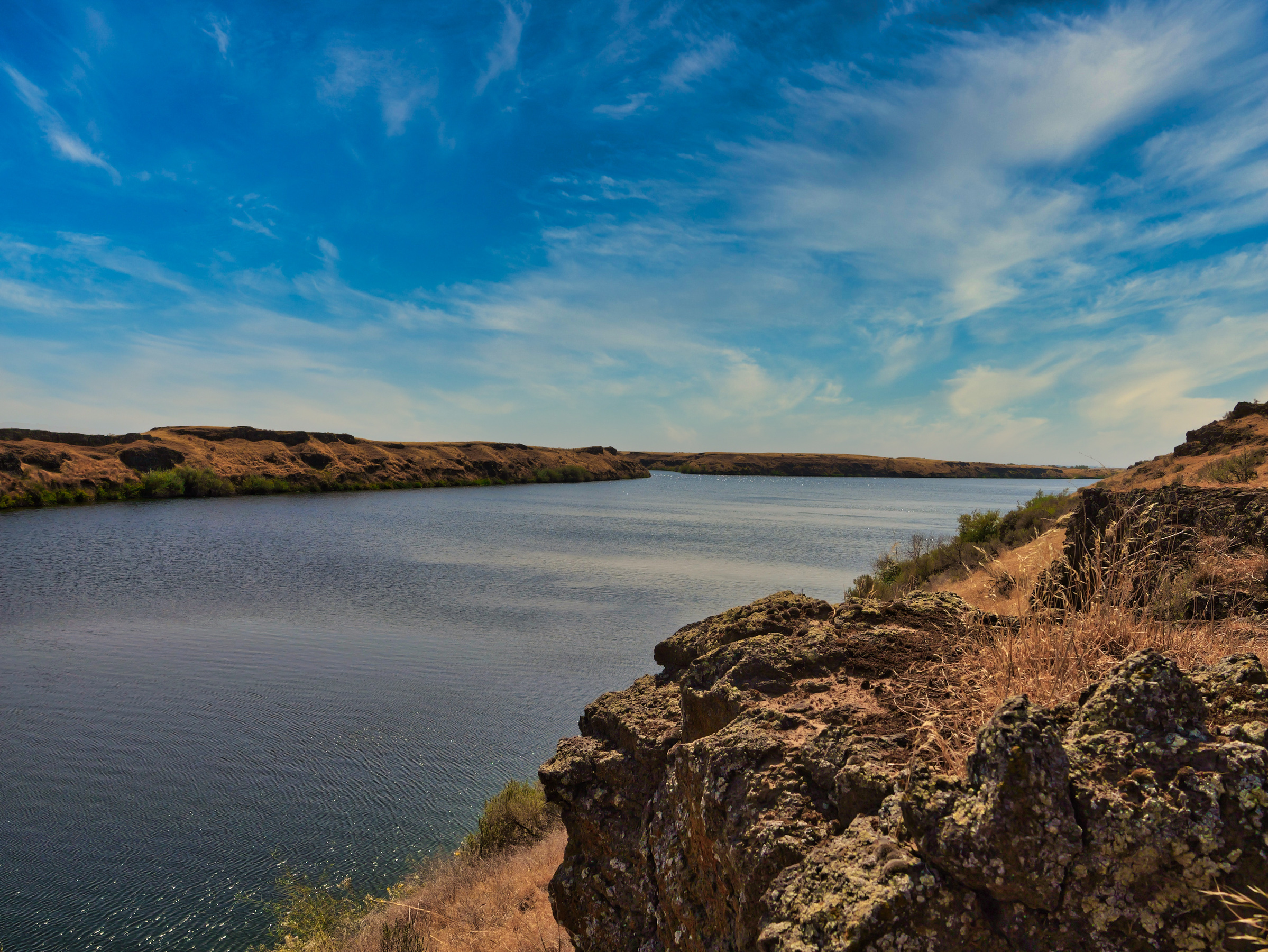
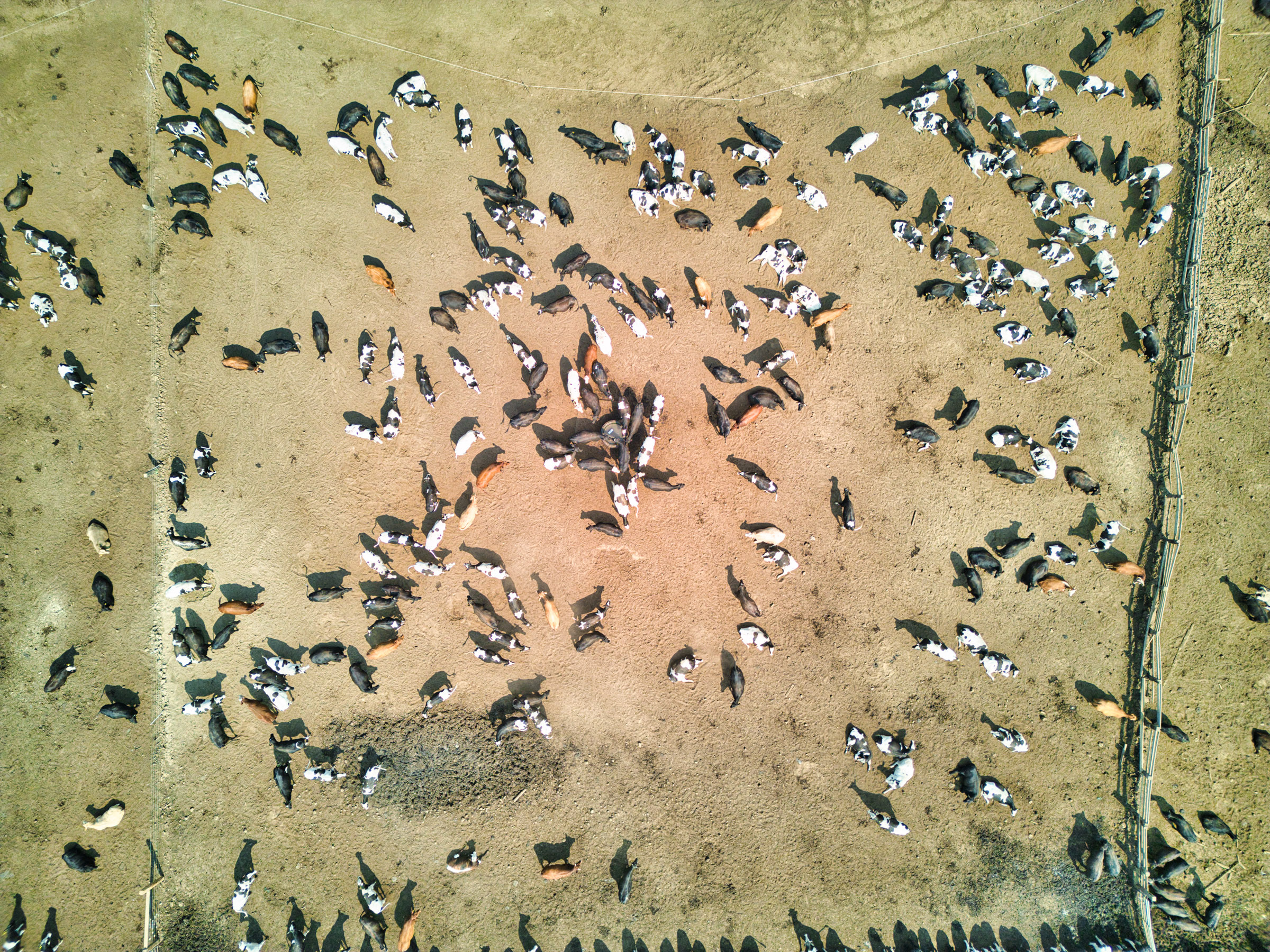

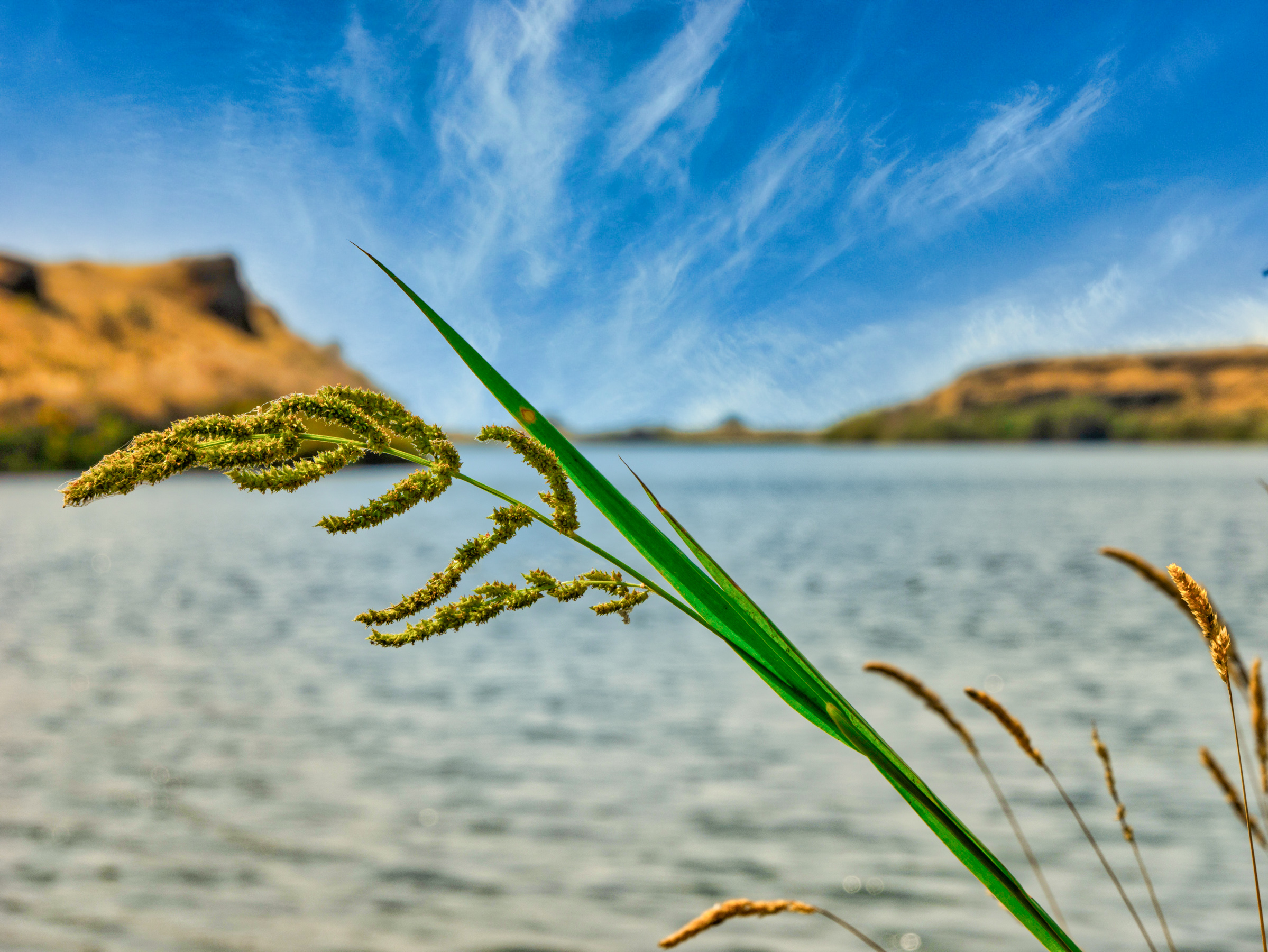



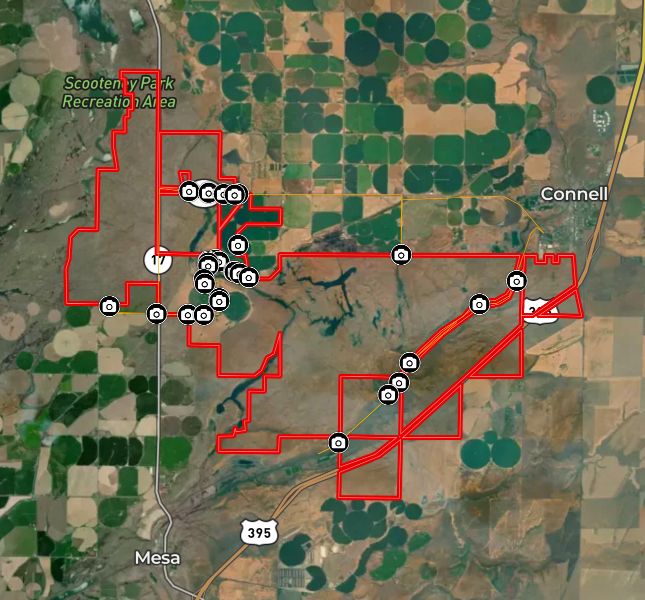
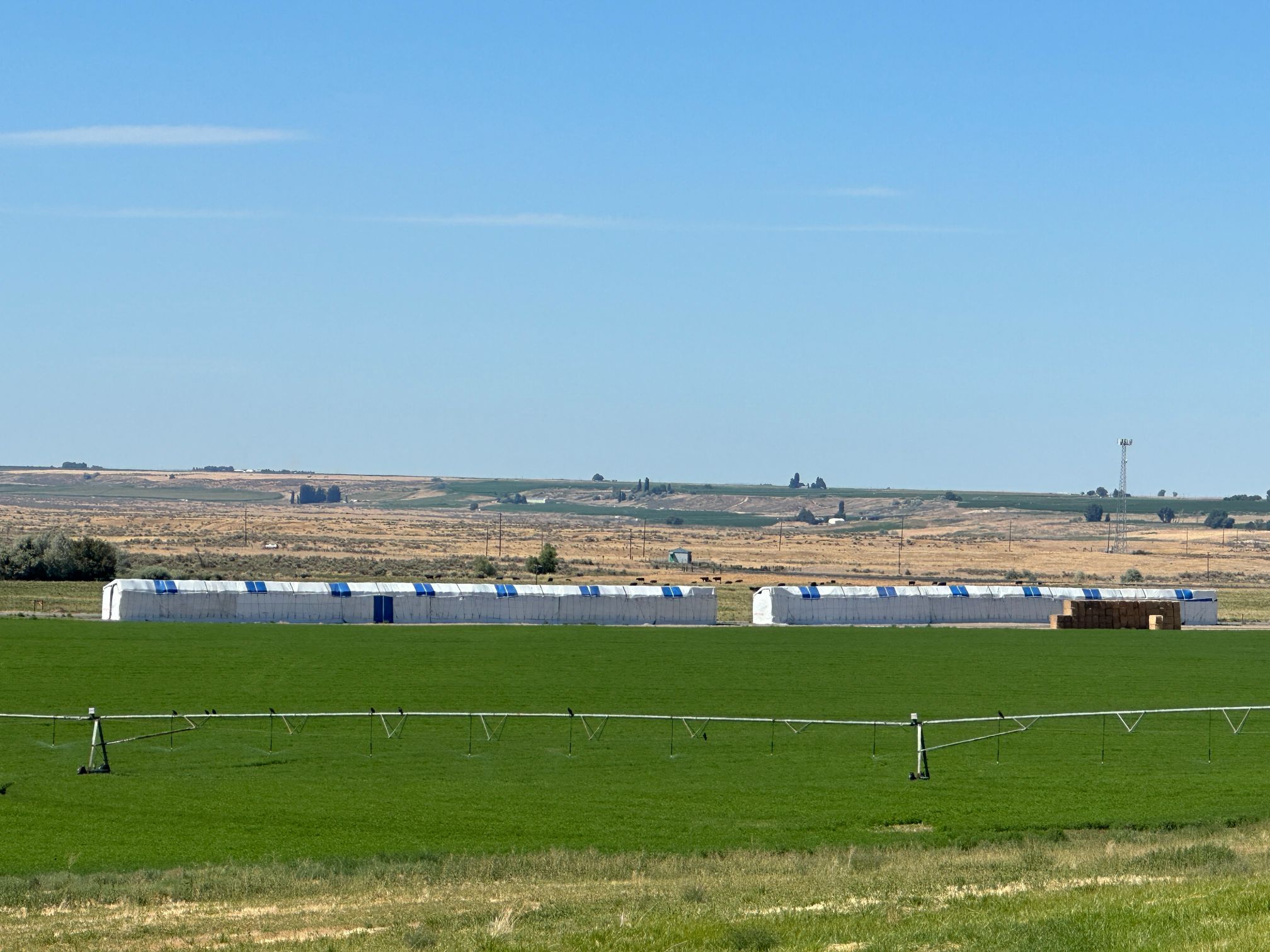

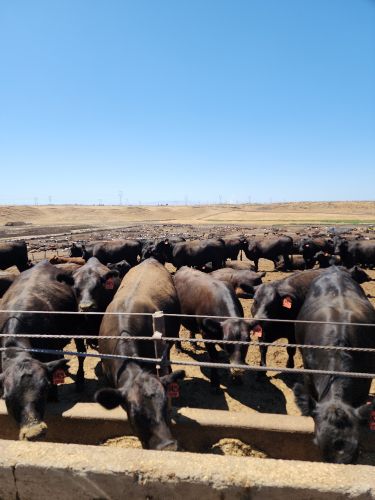

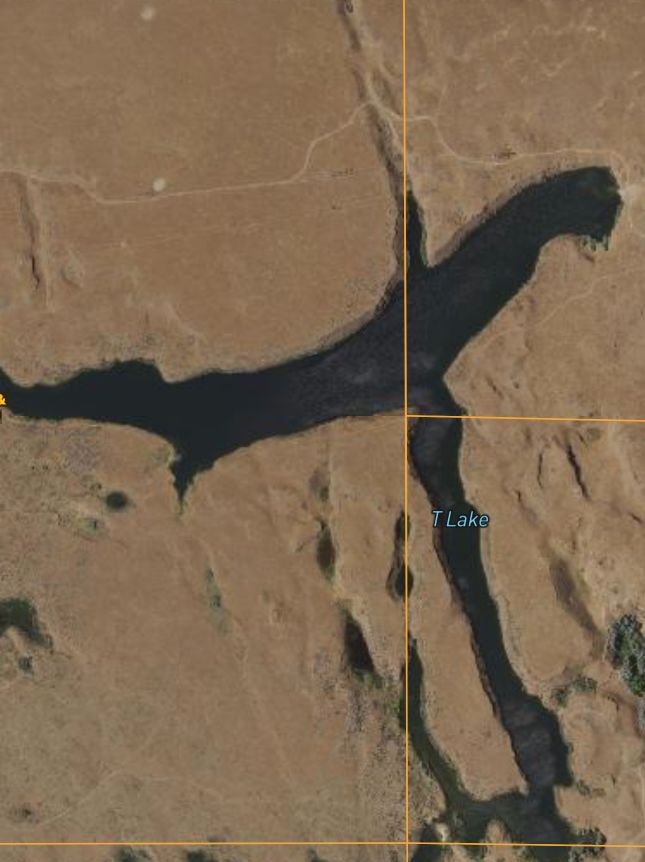
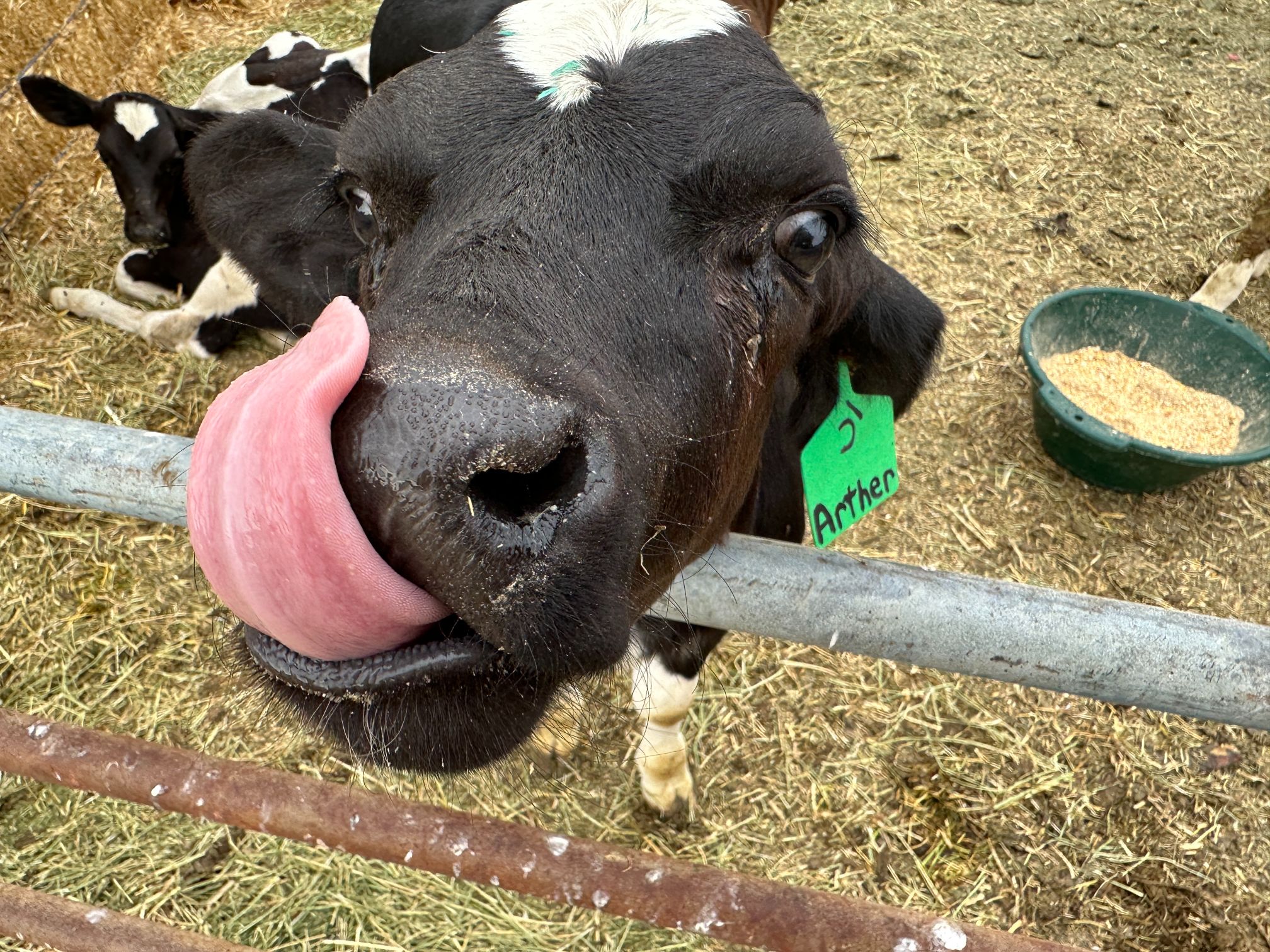
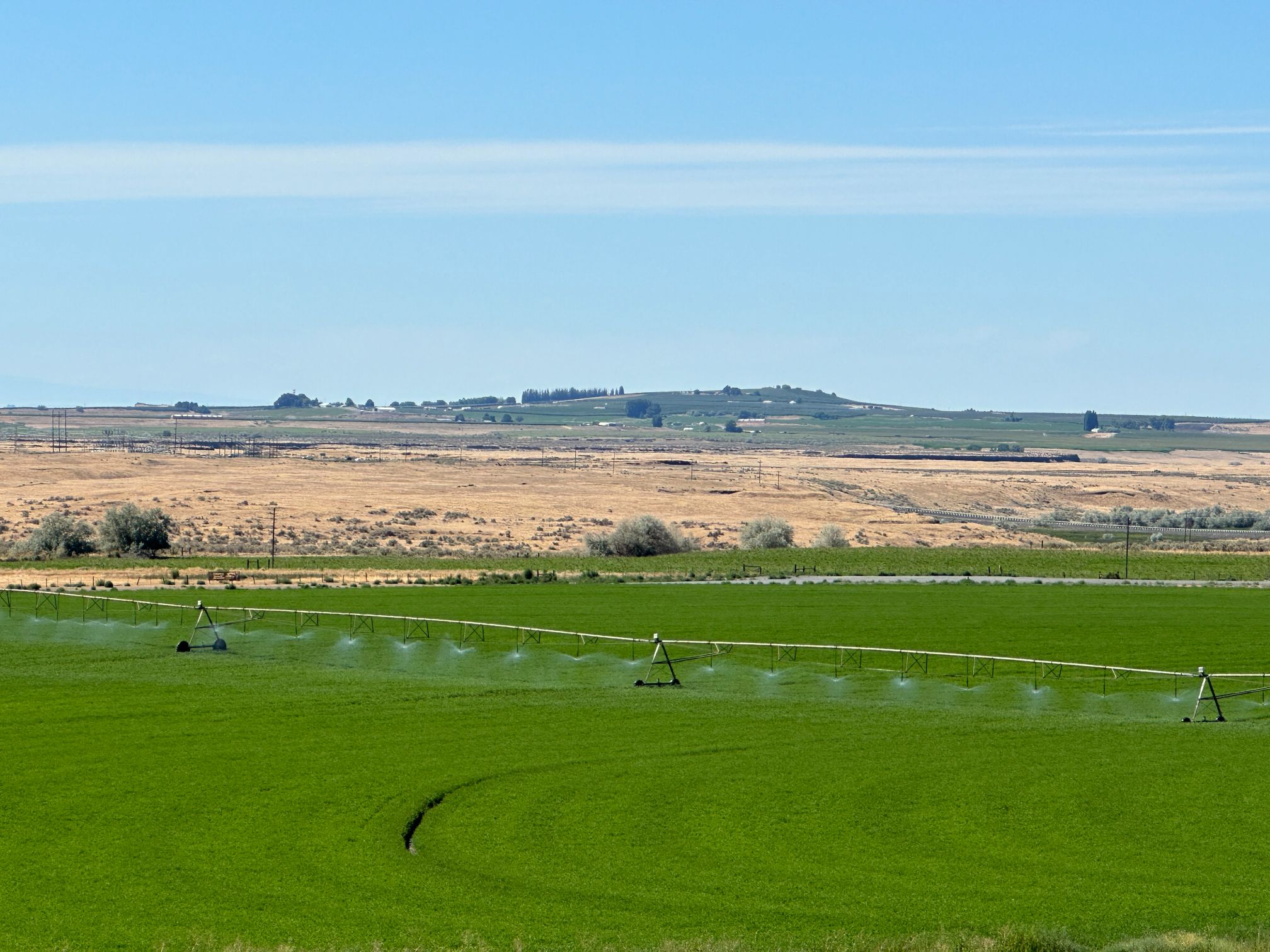
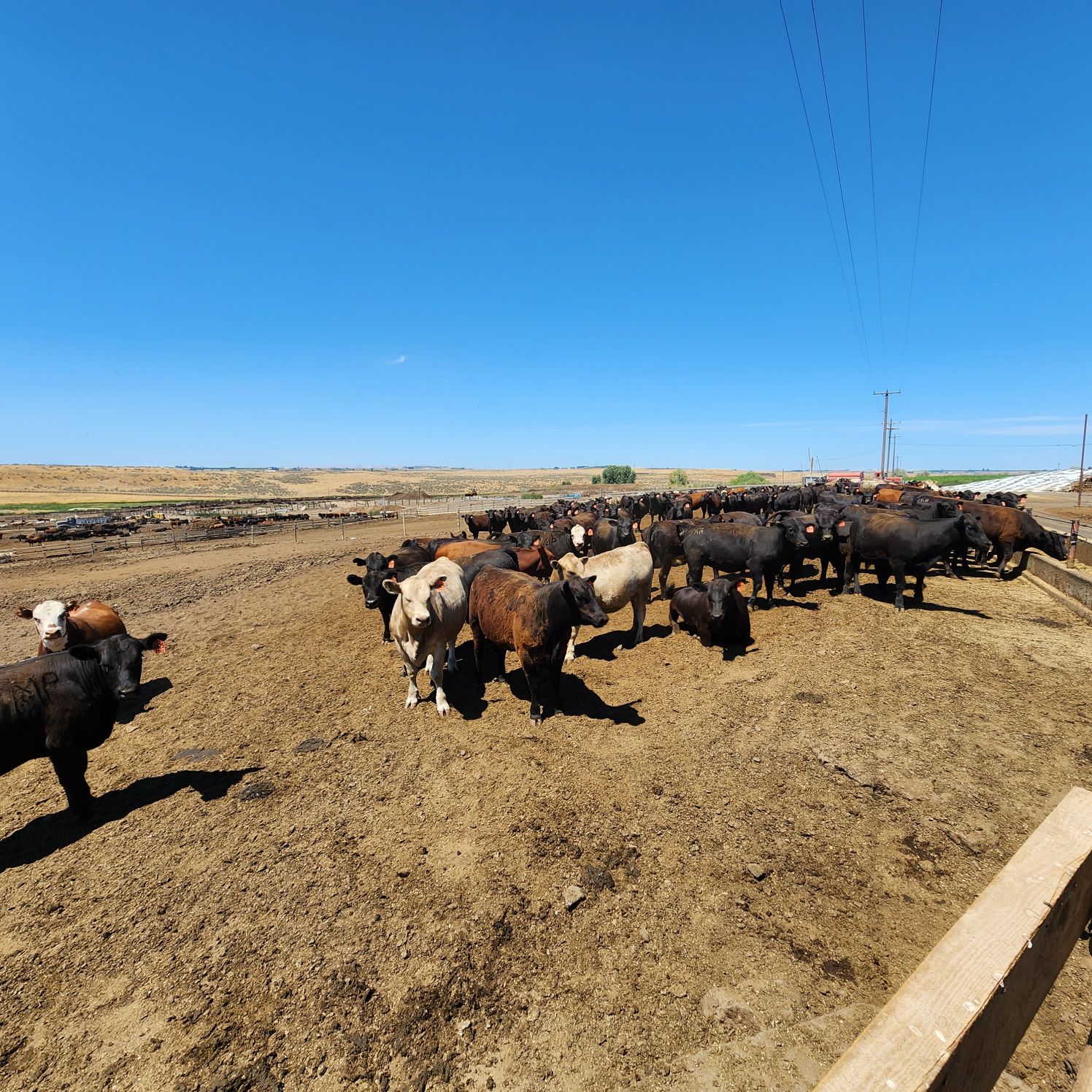
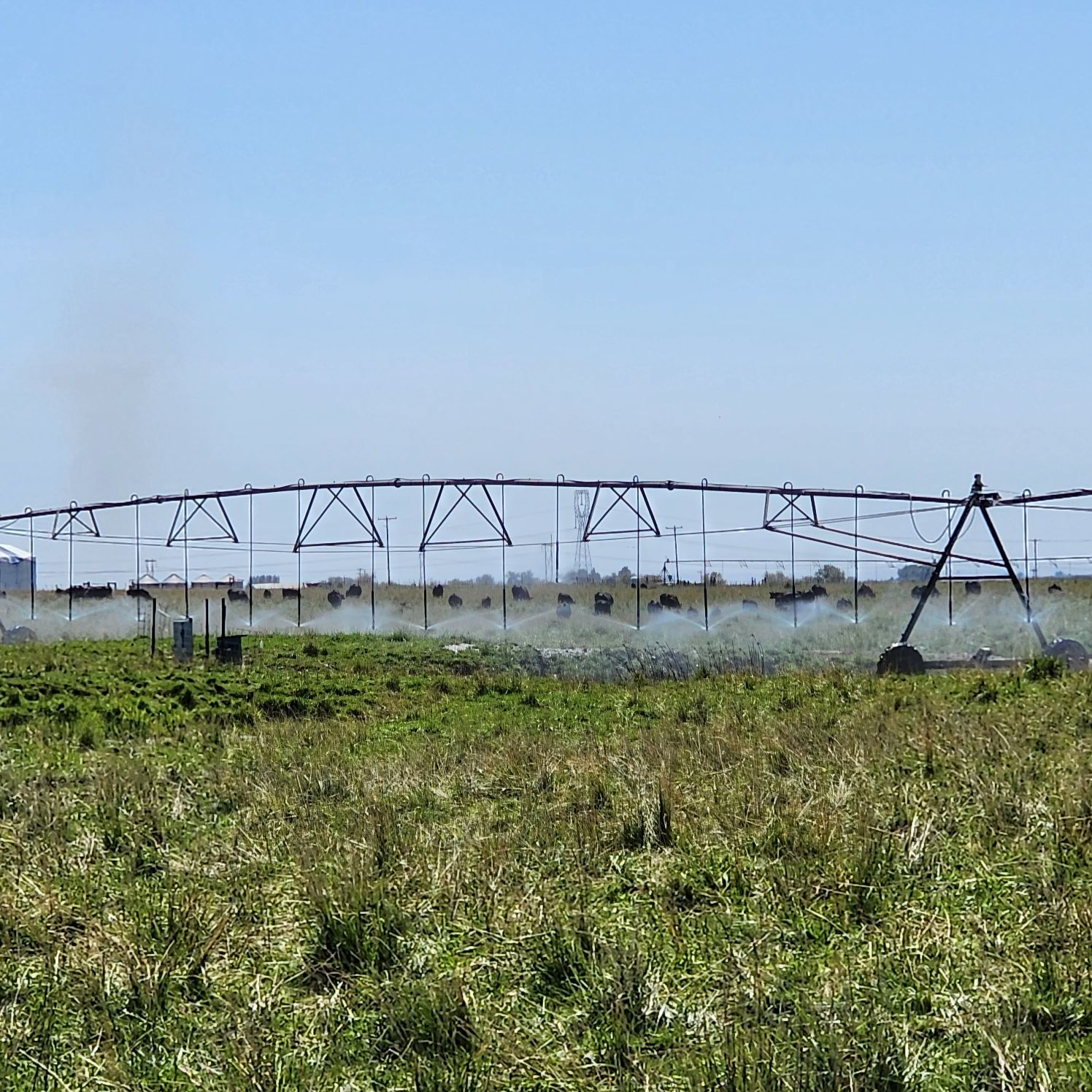
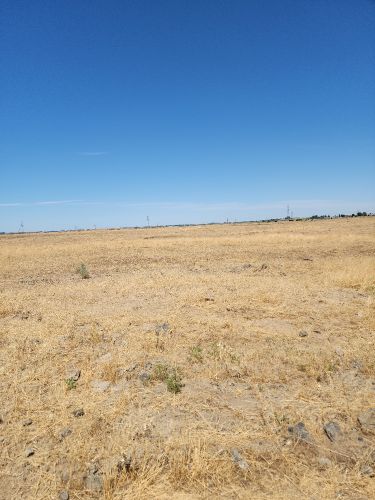



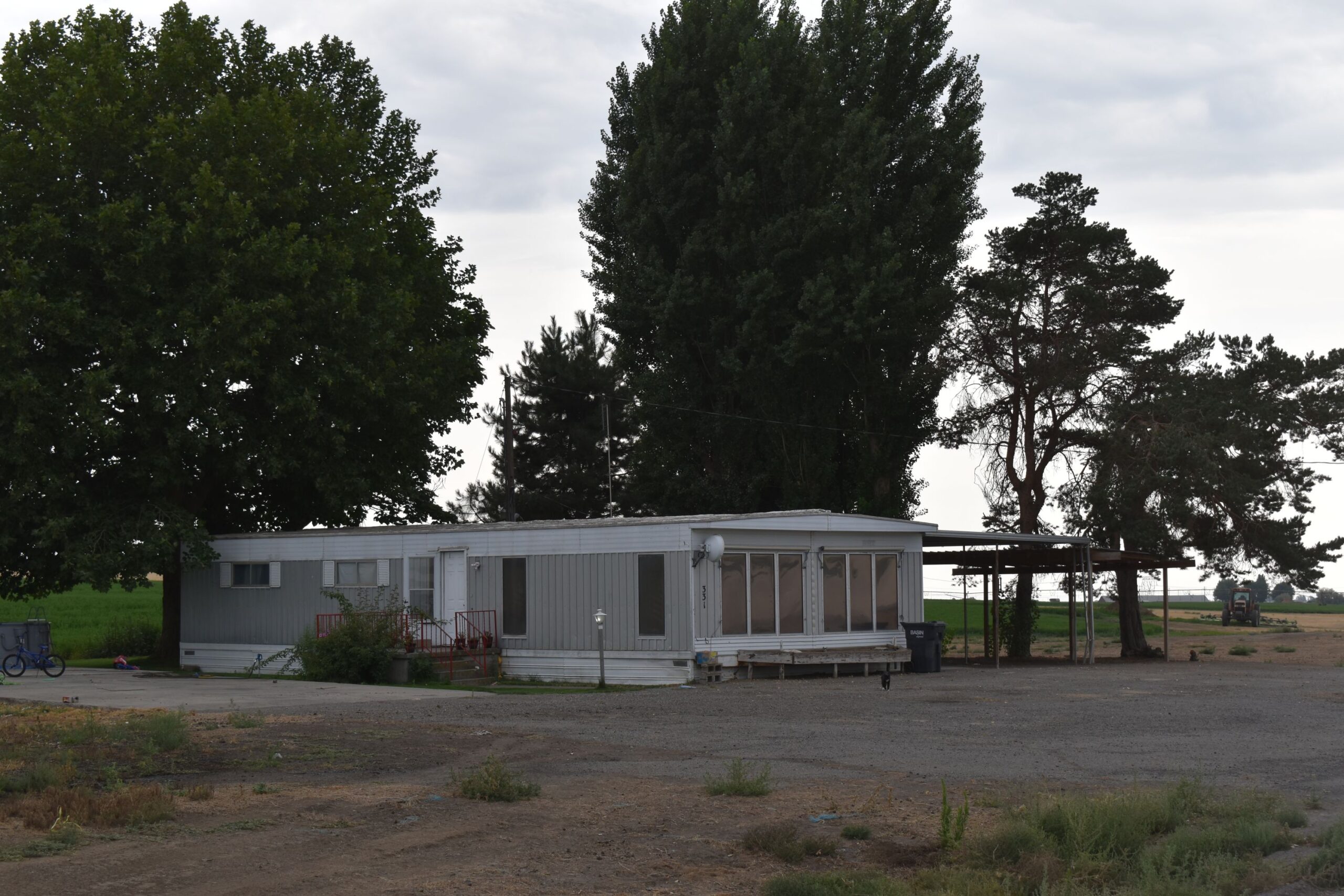

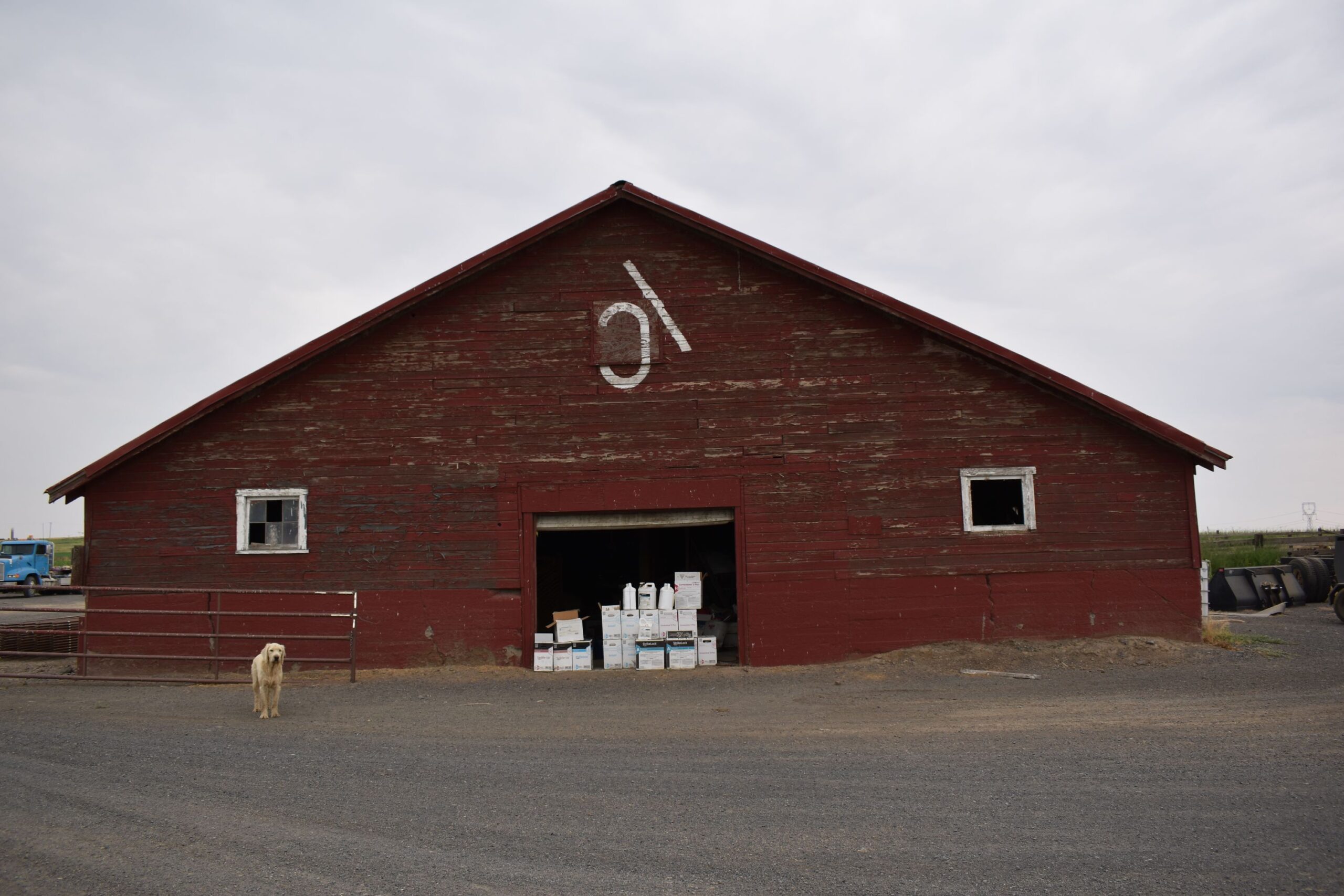
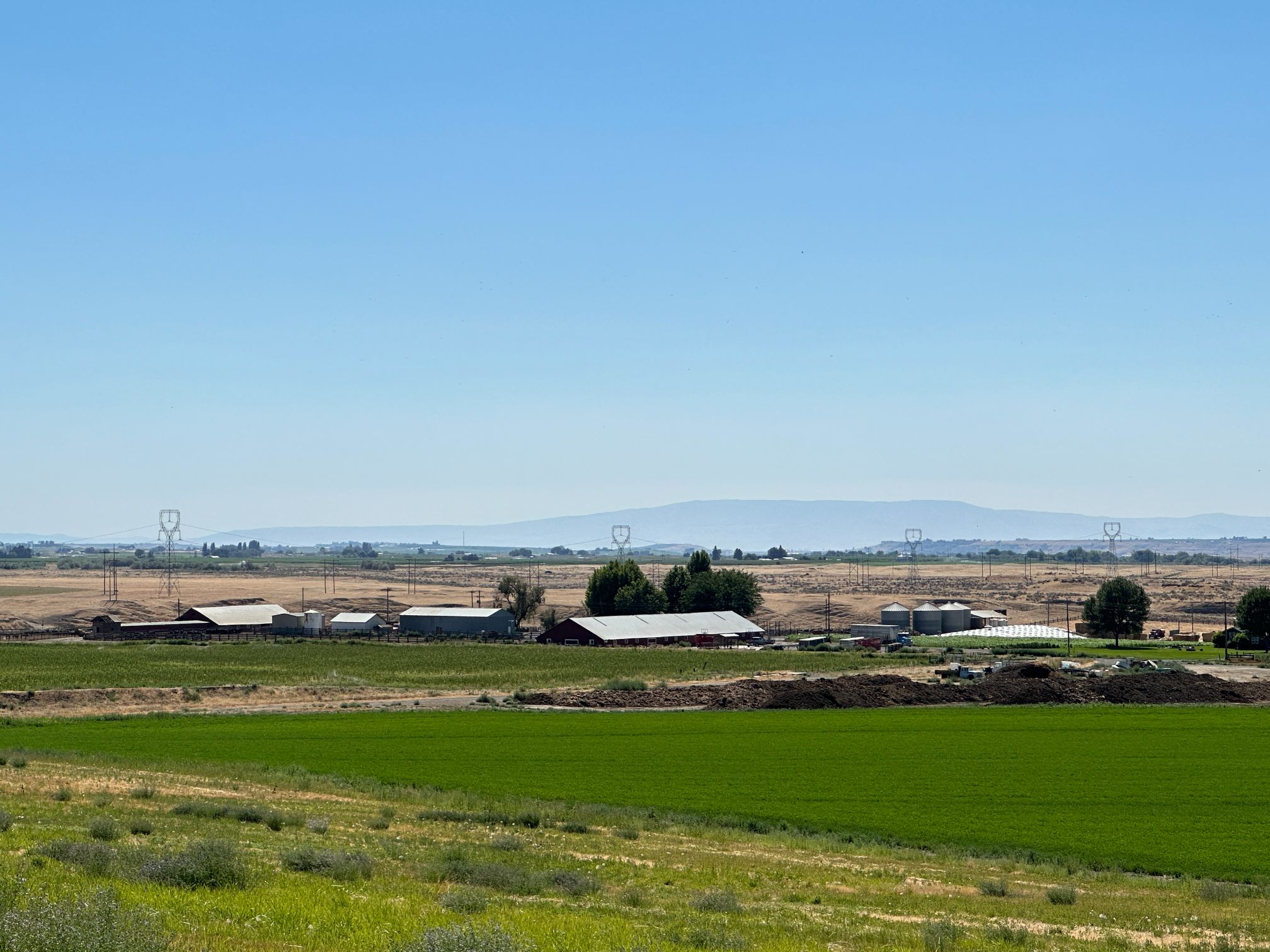
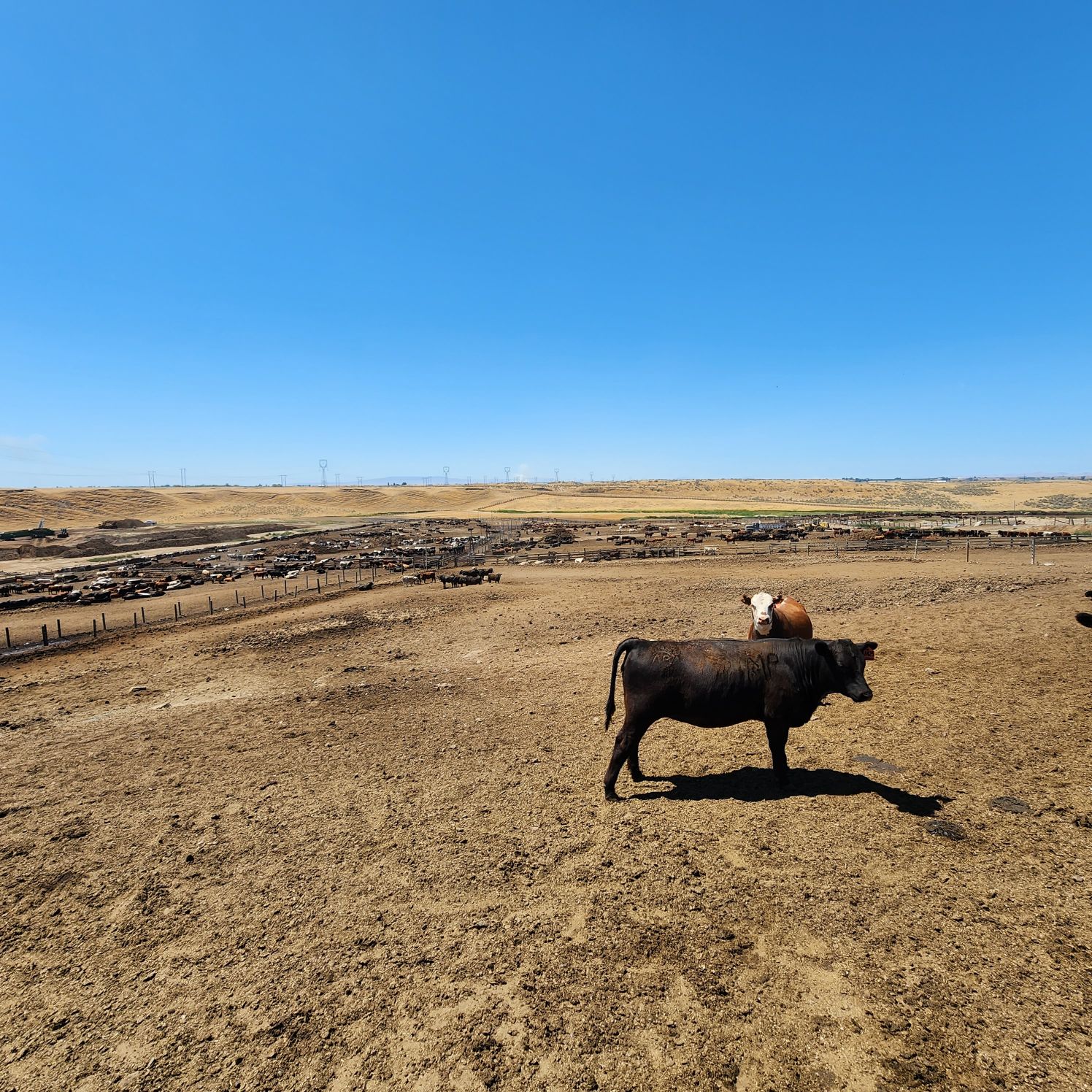
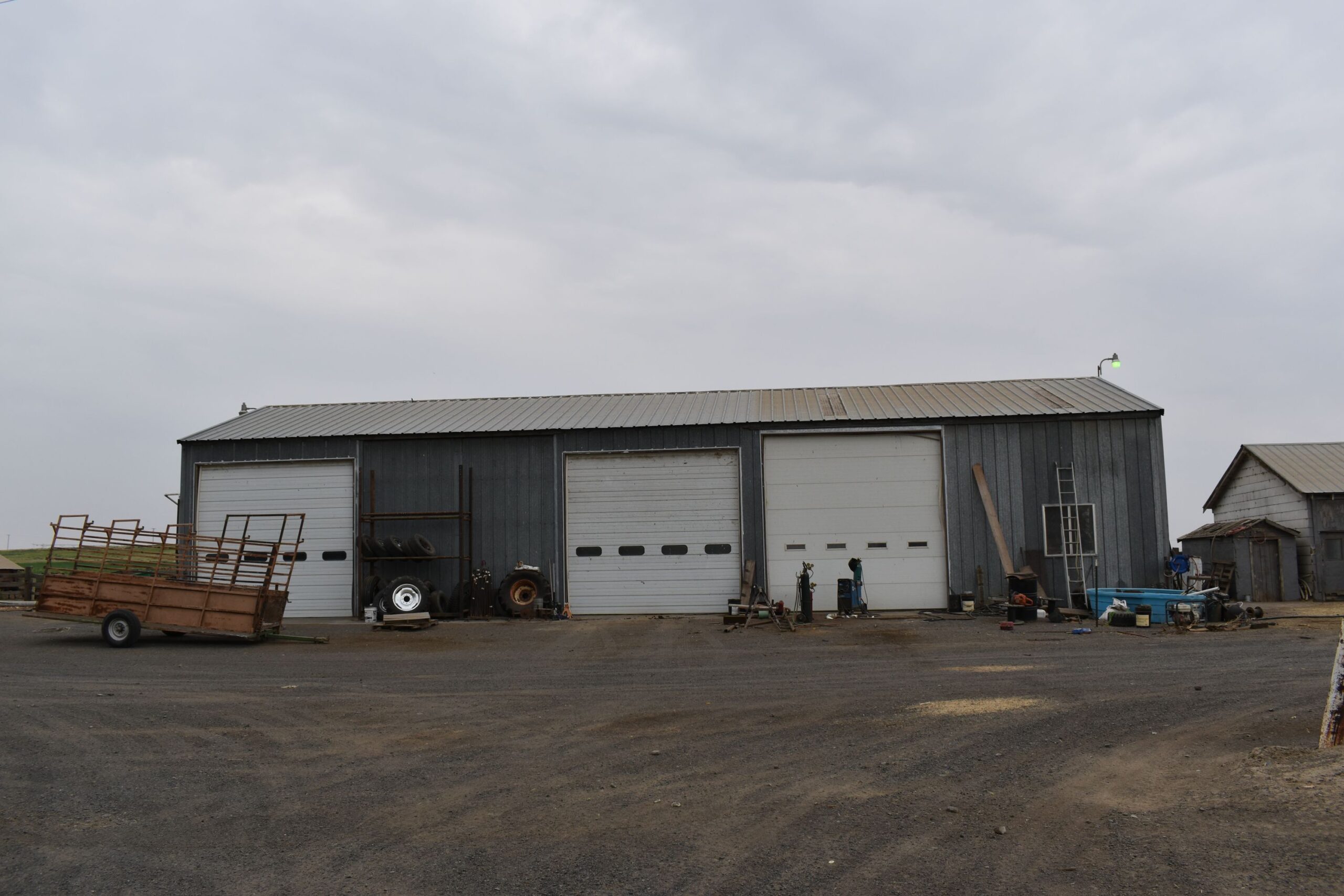

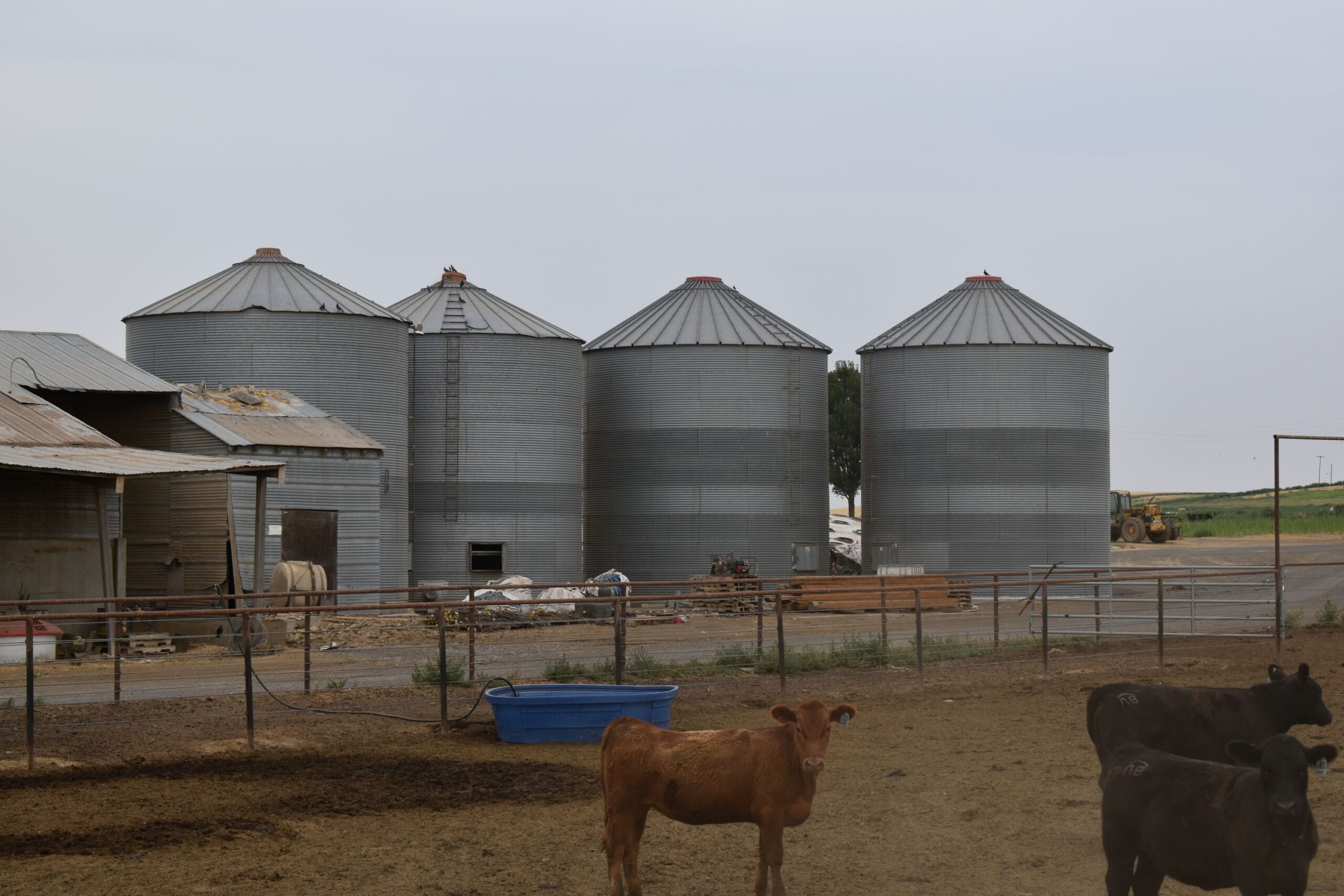




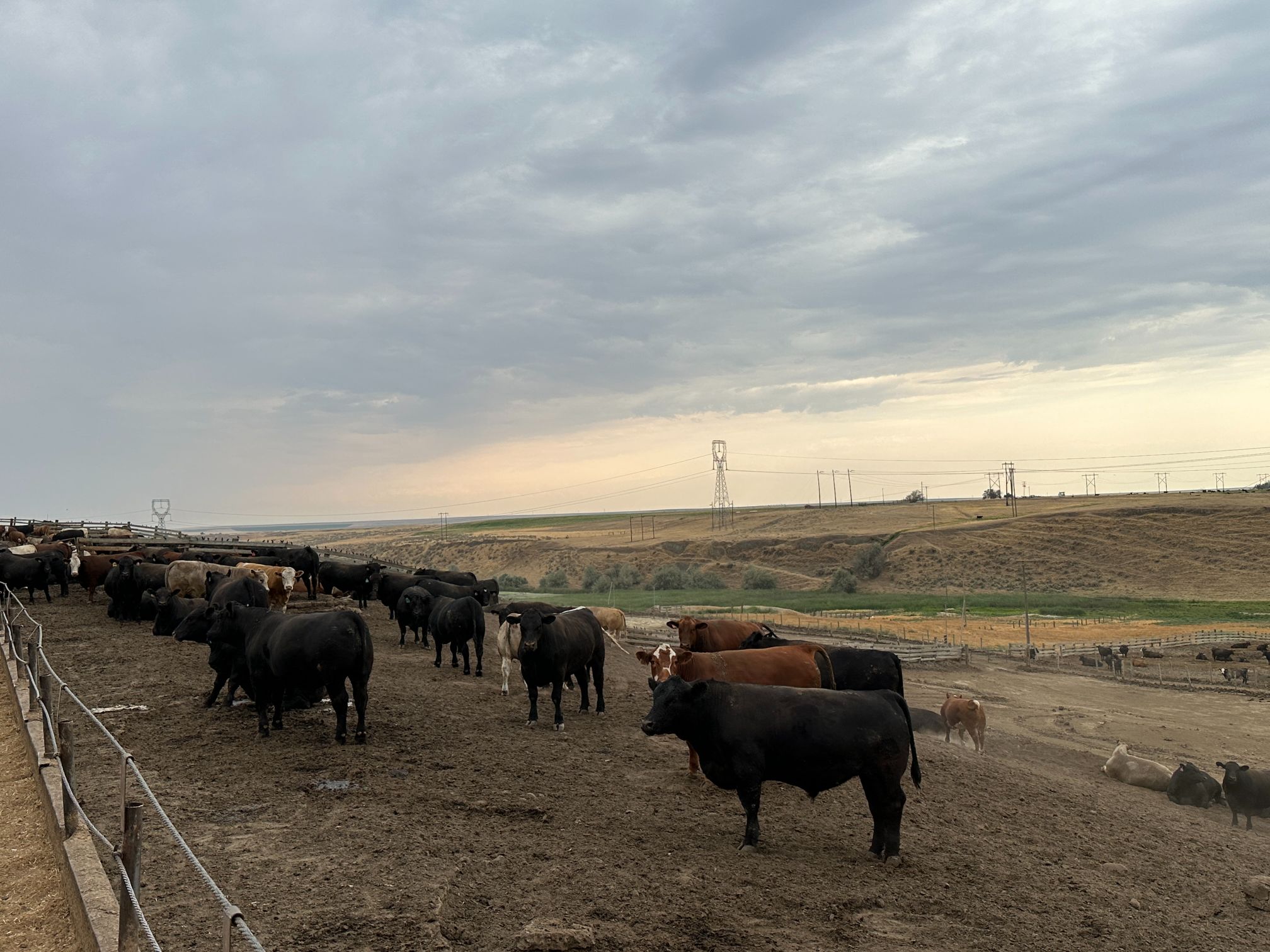


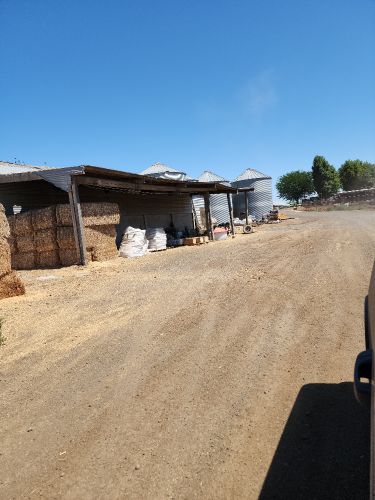
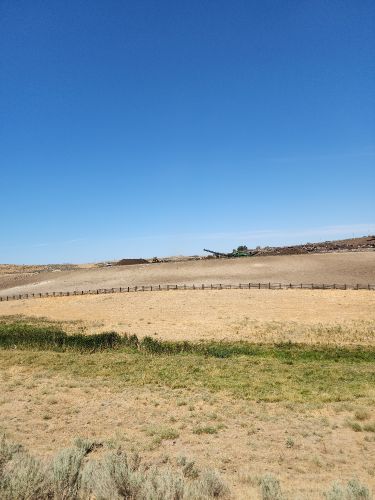
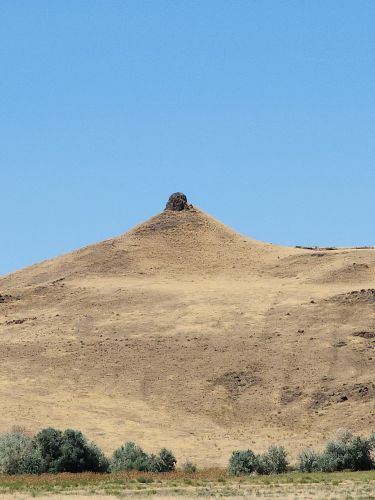

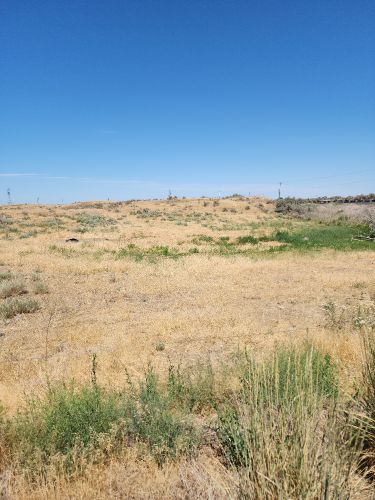
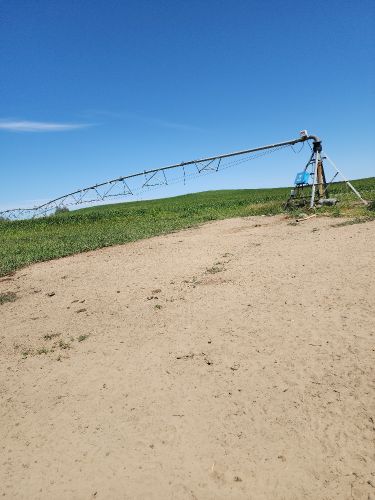

 View Map
View Map